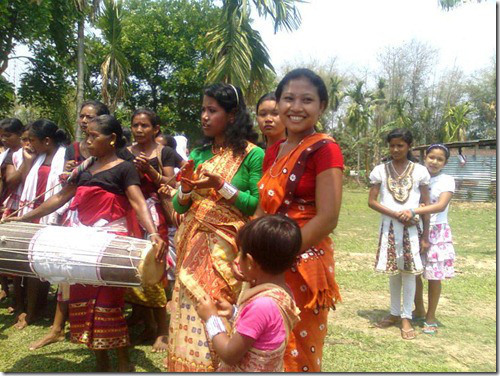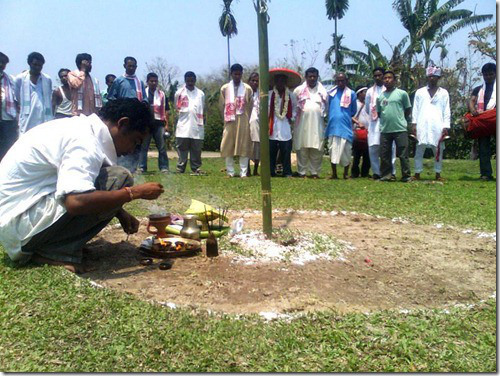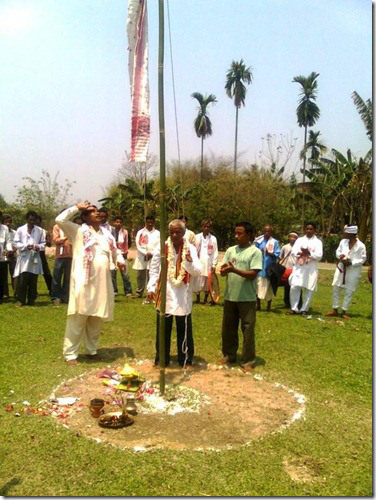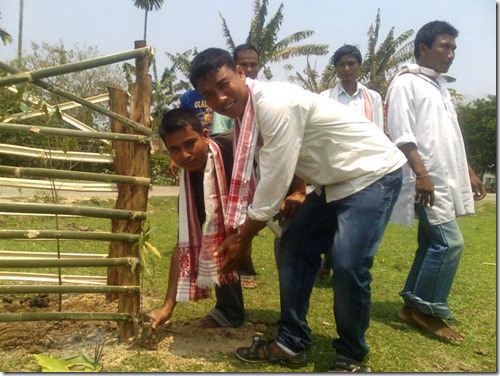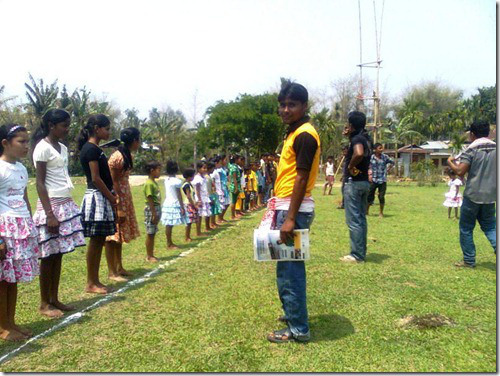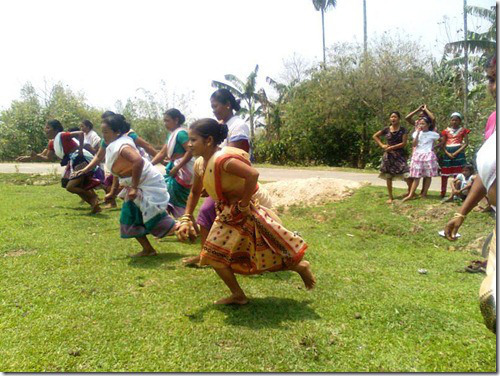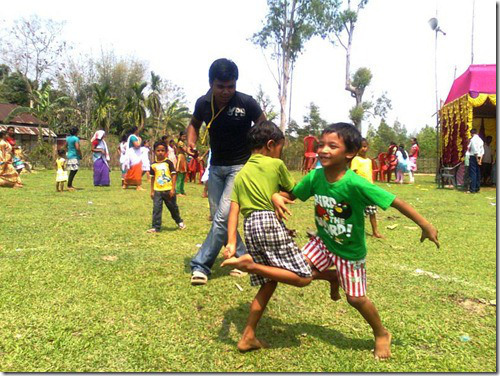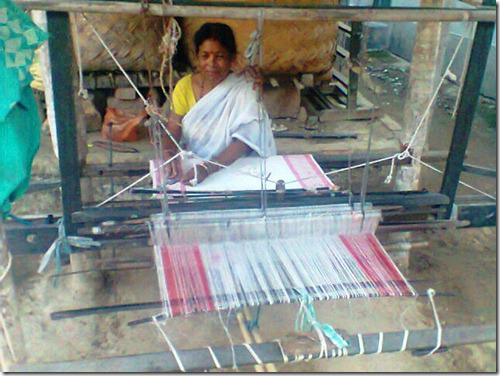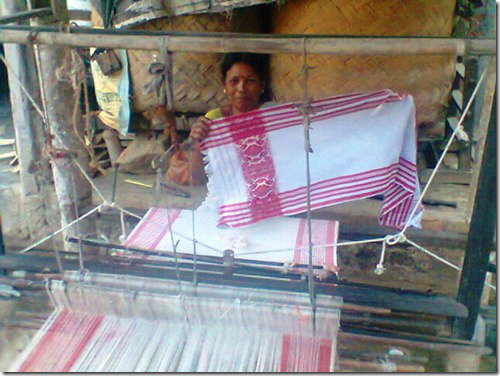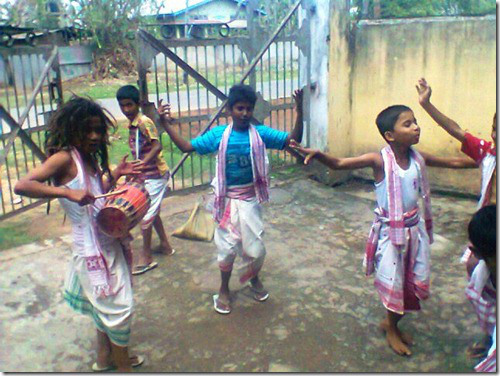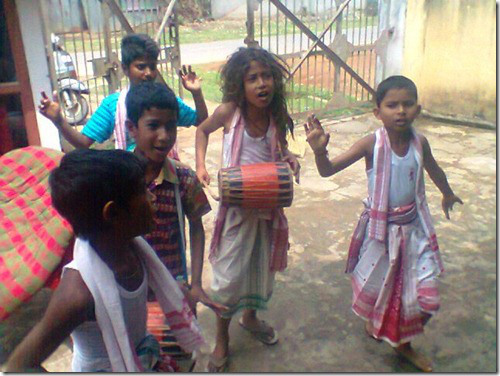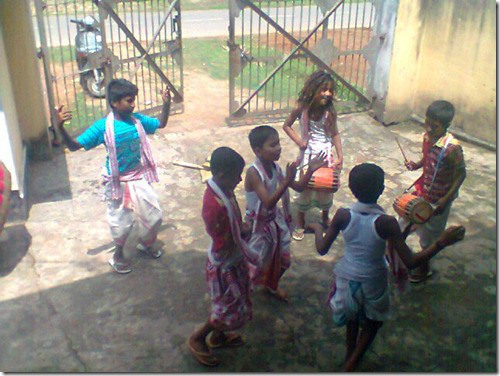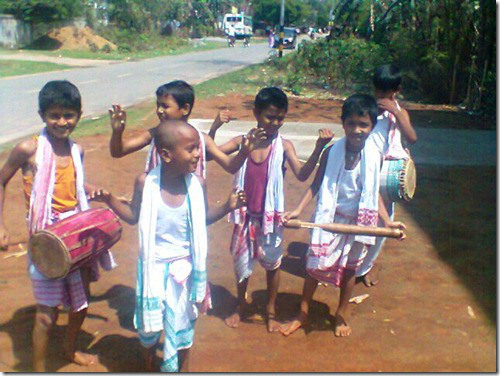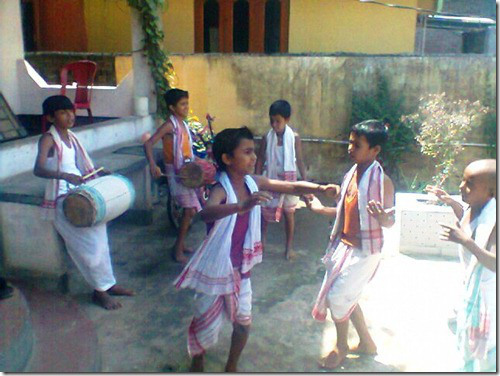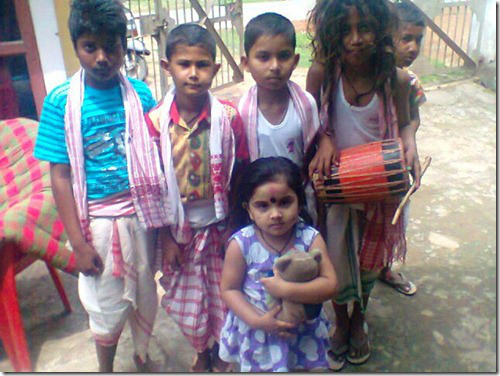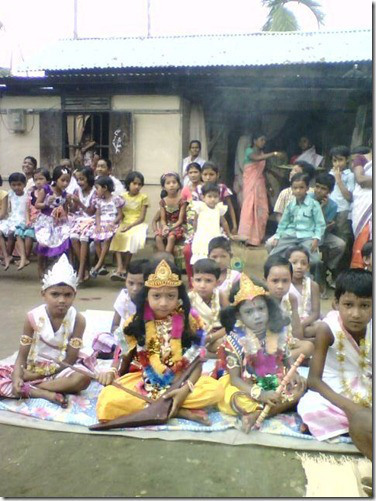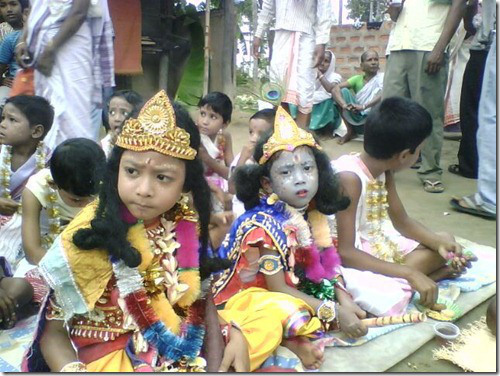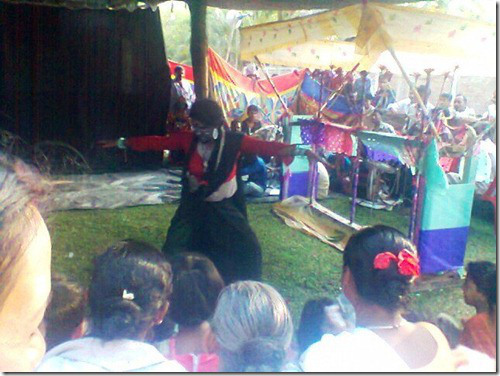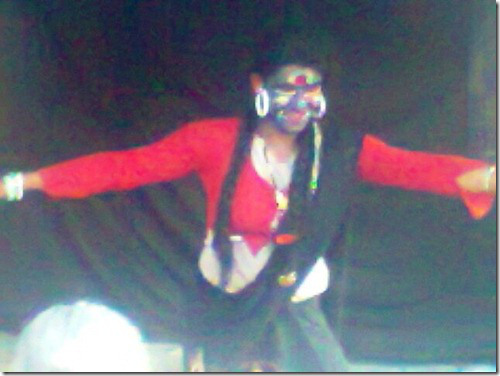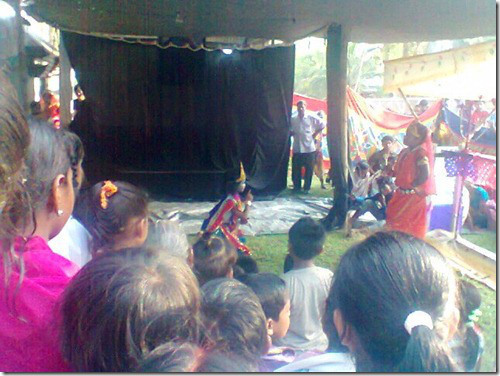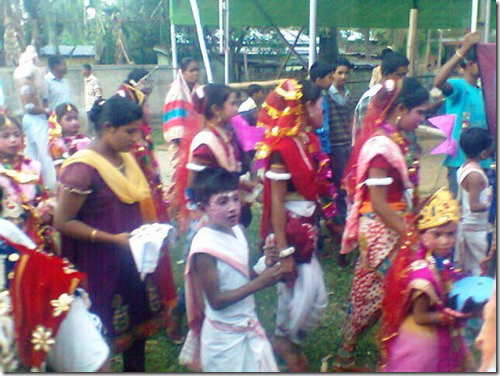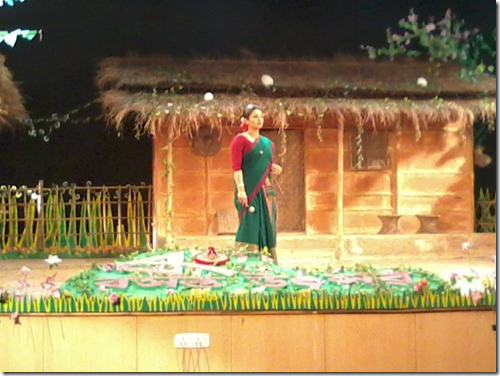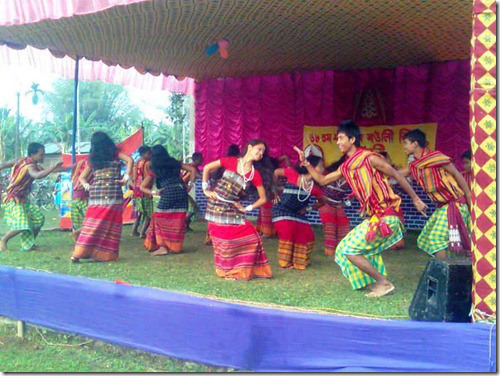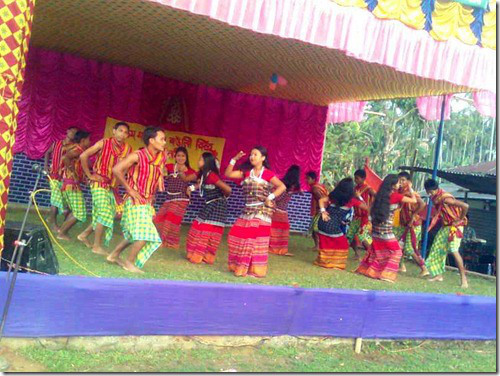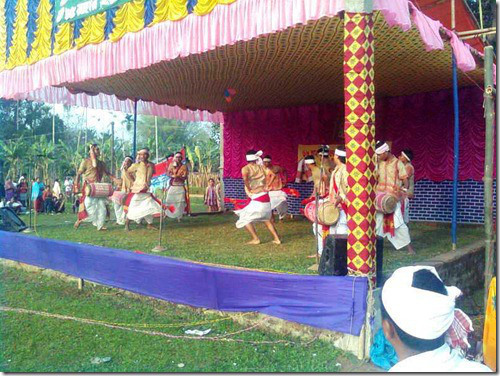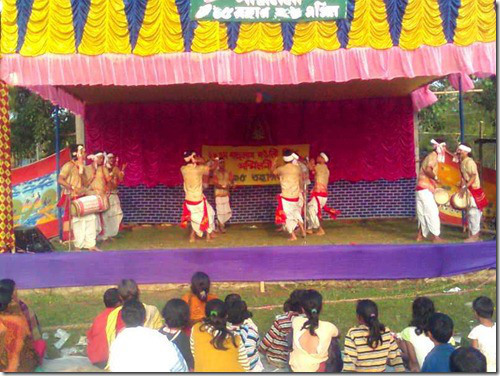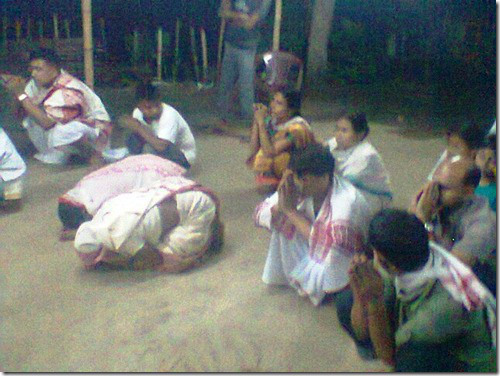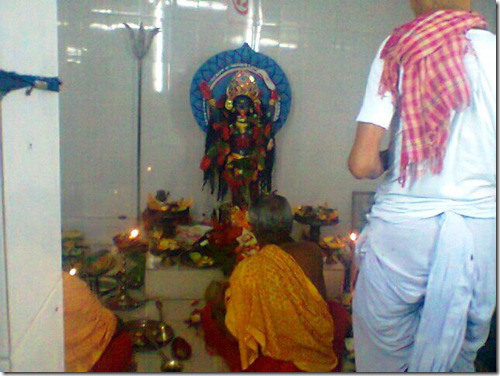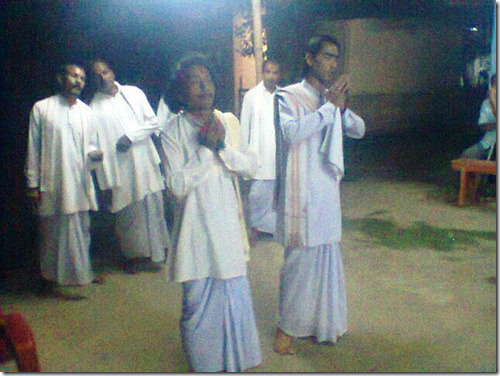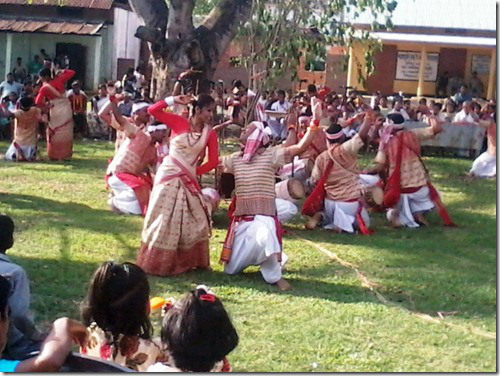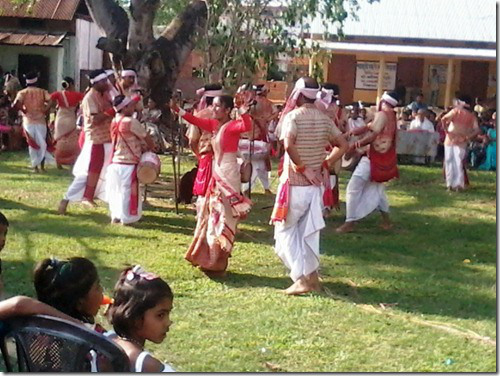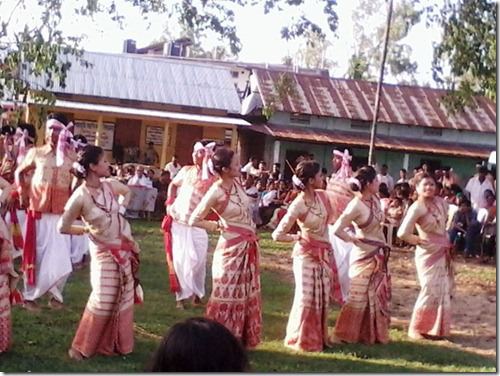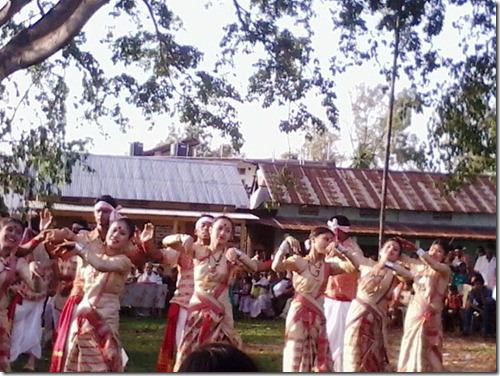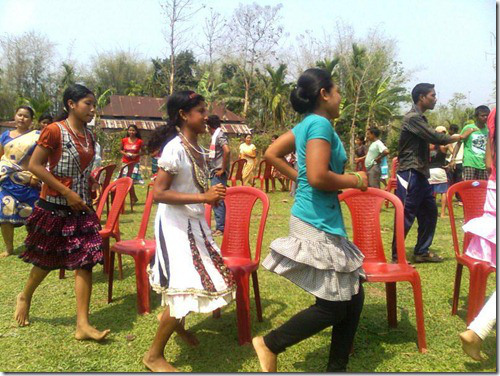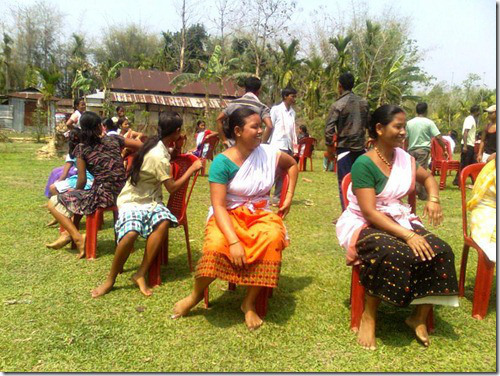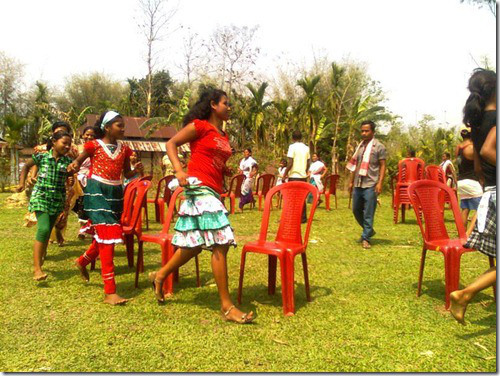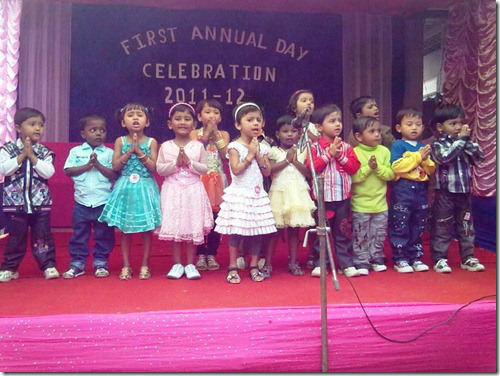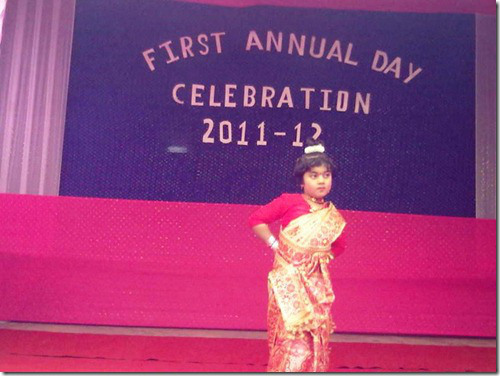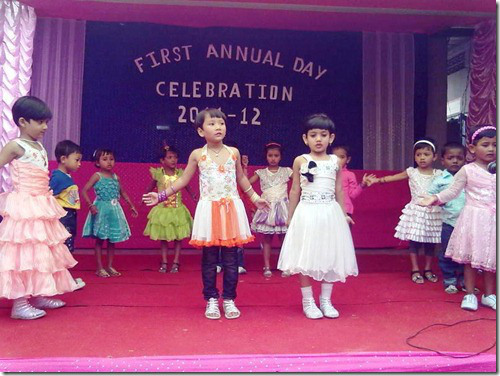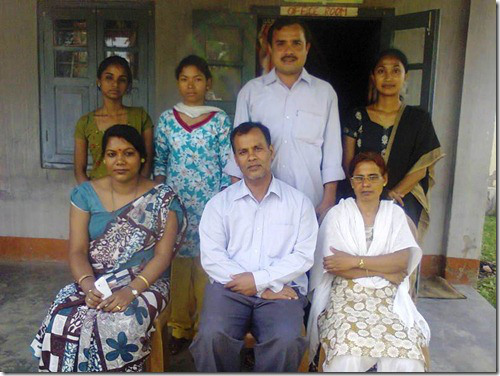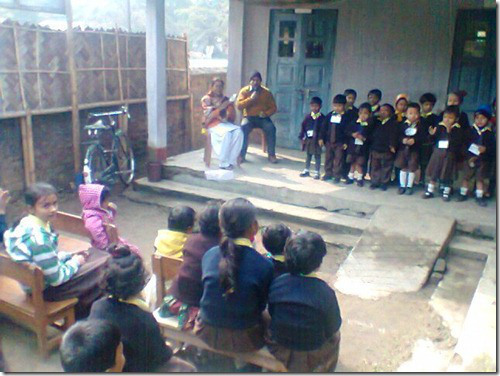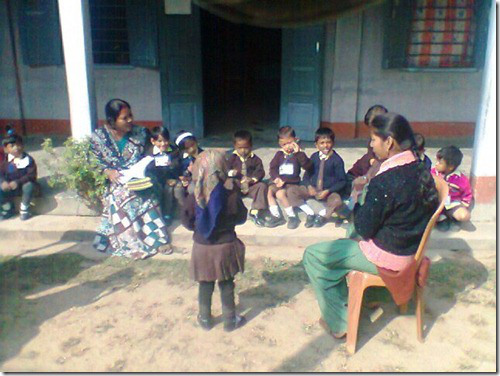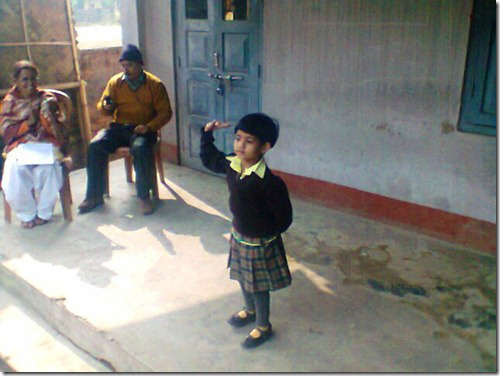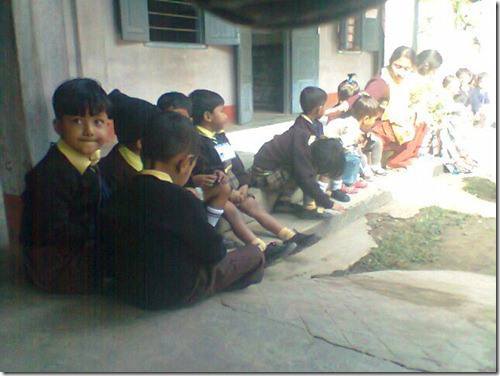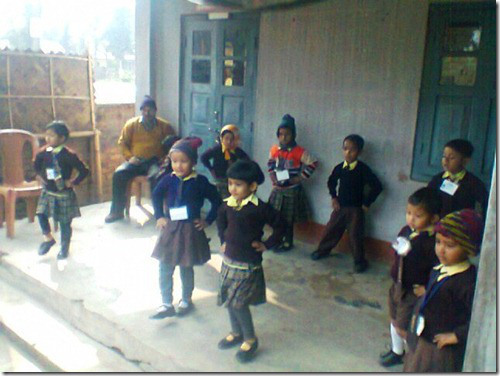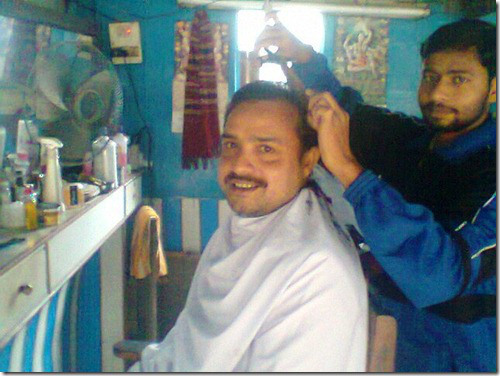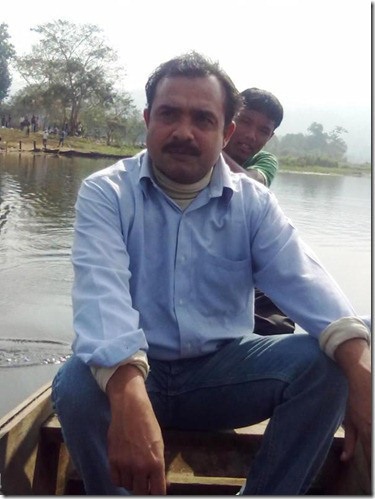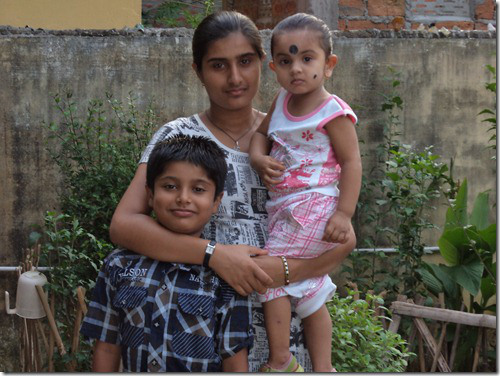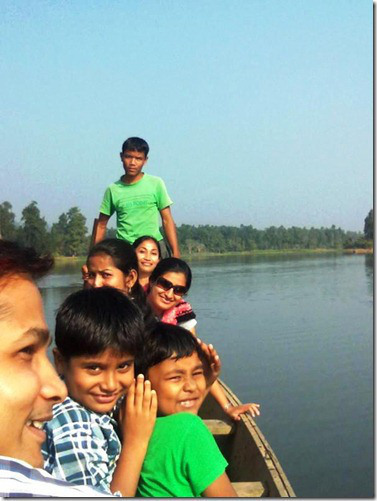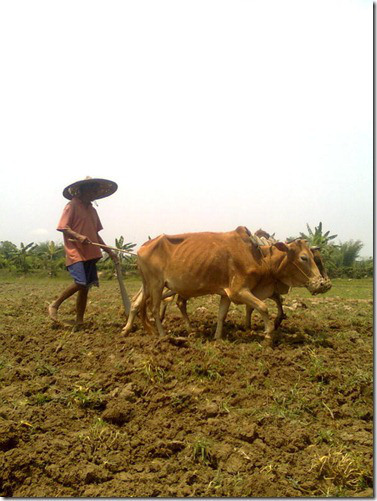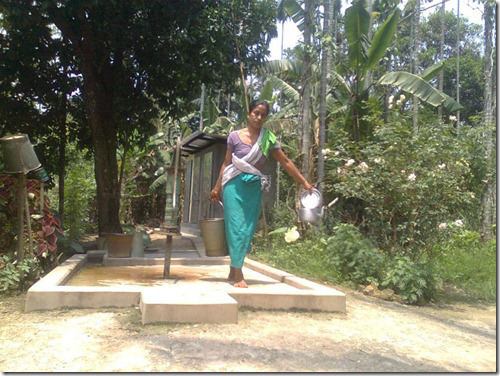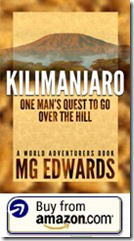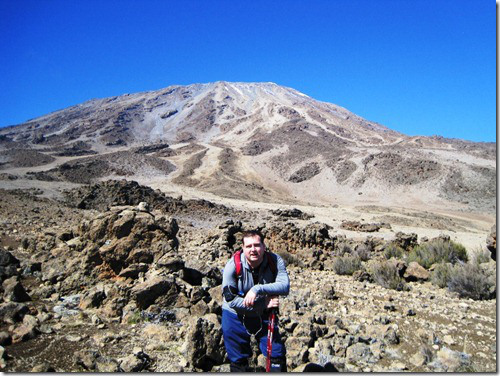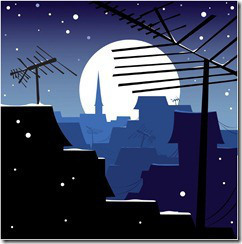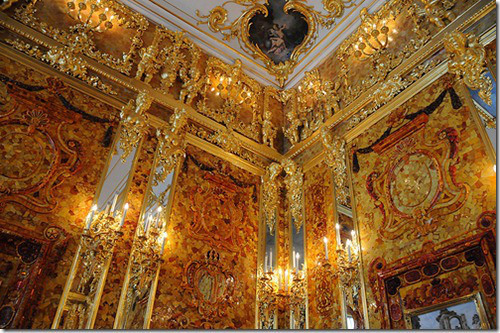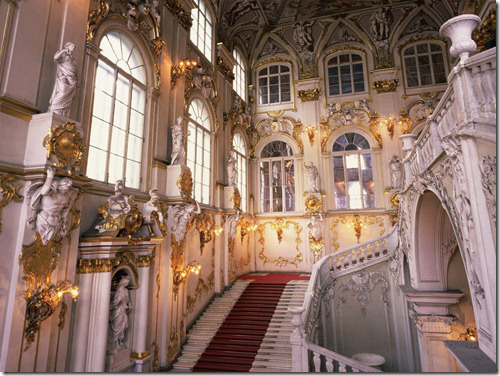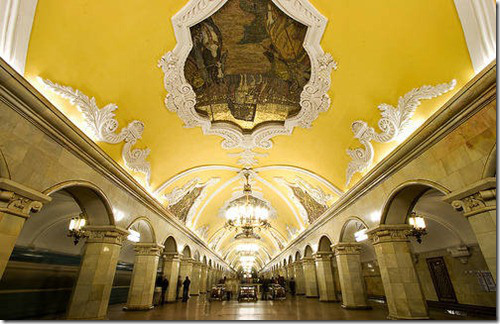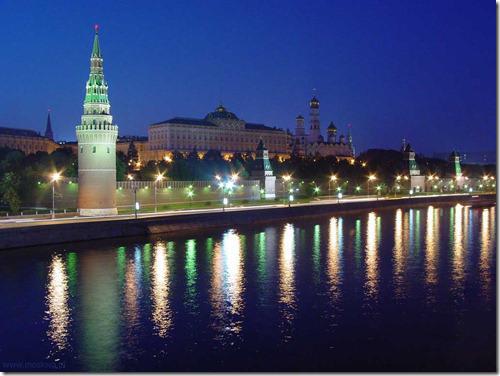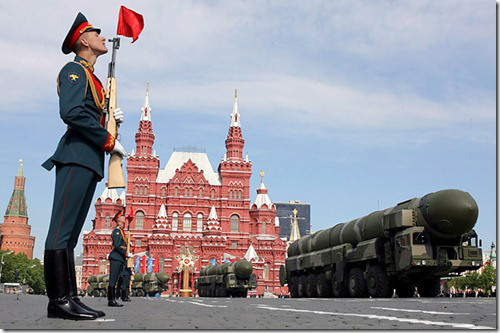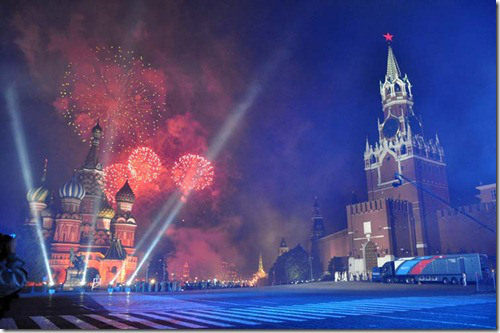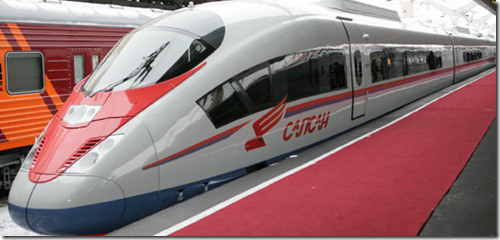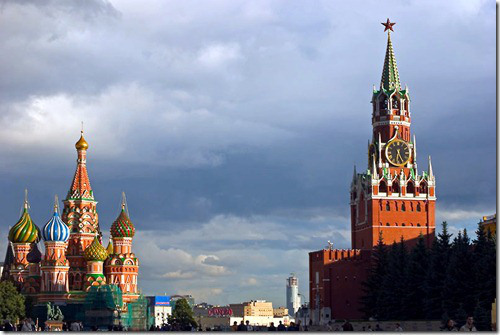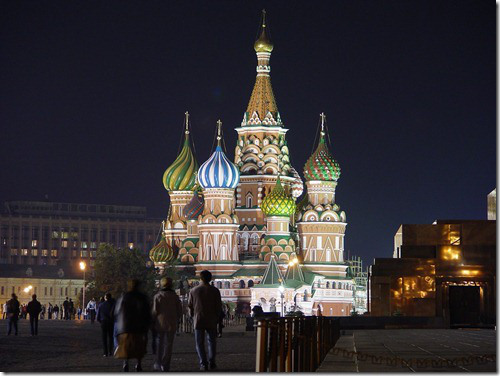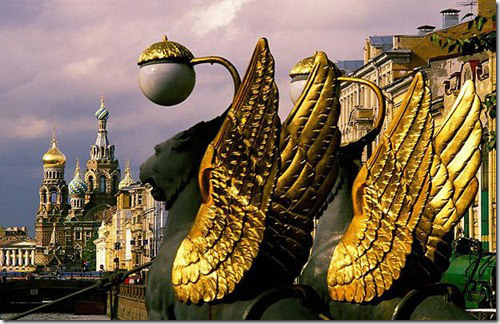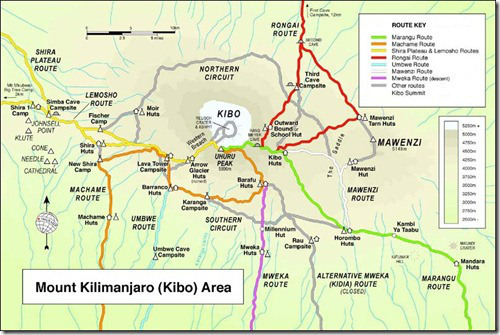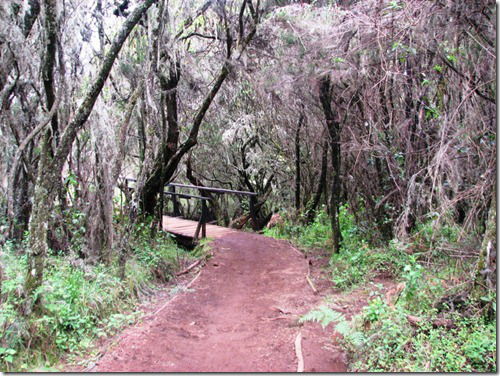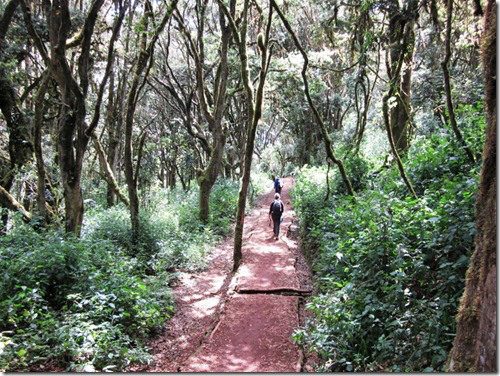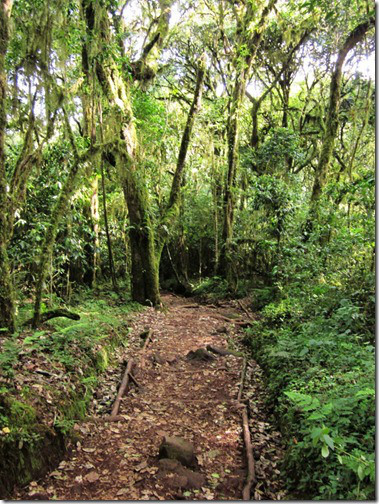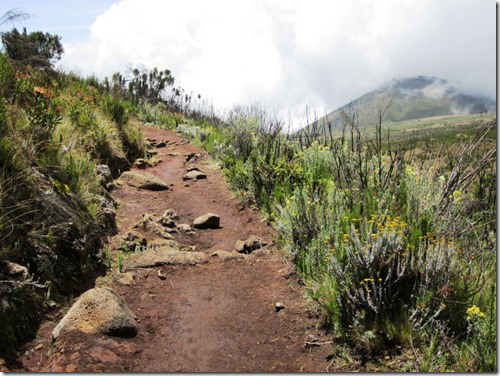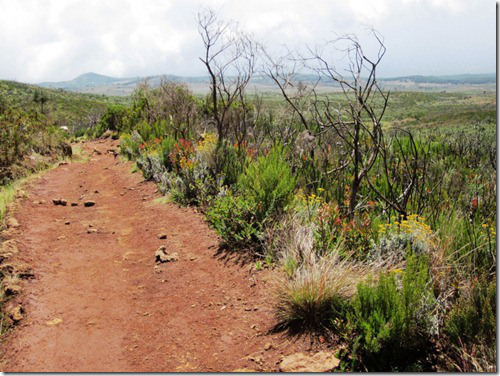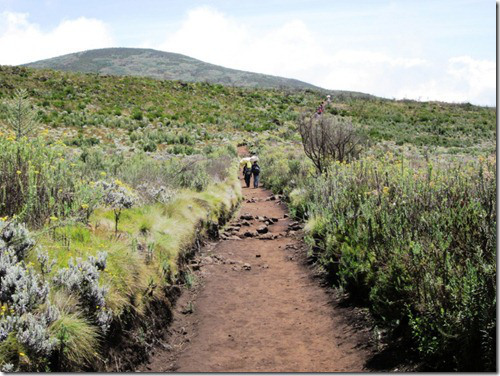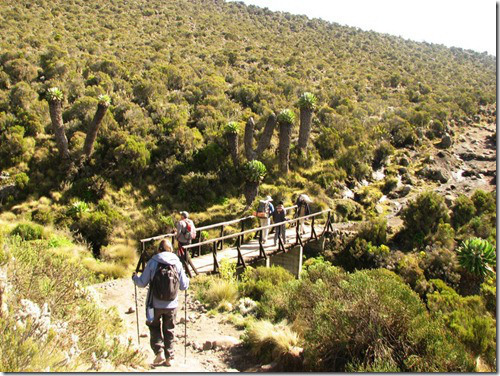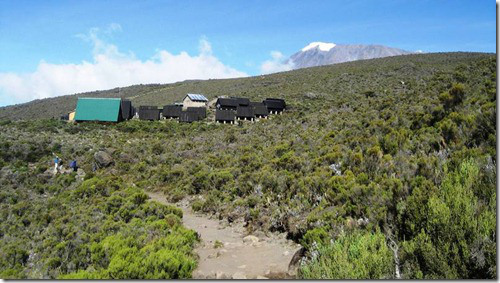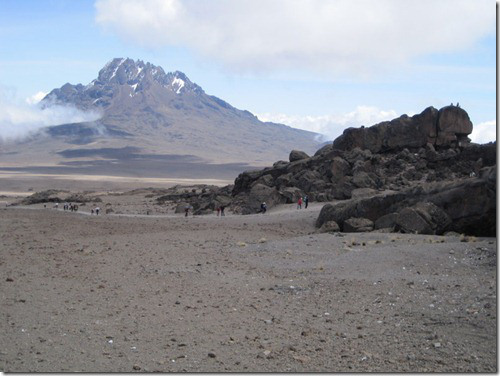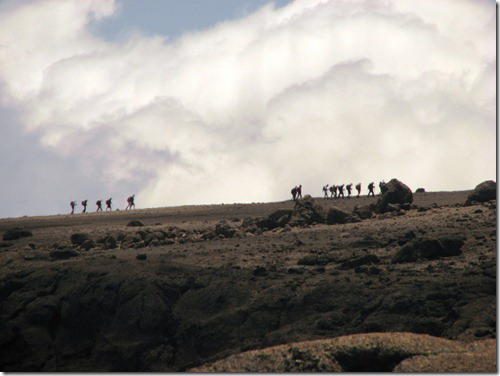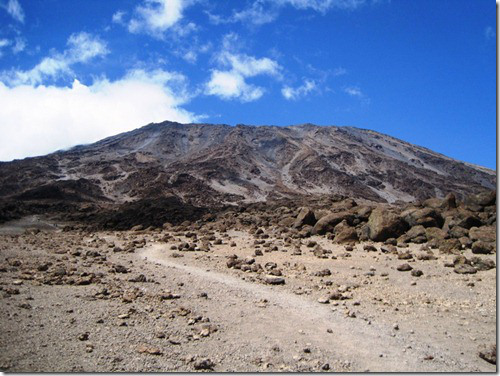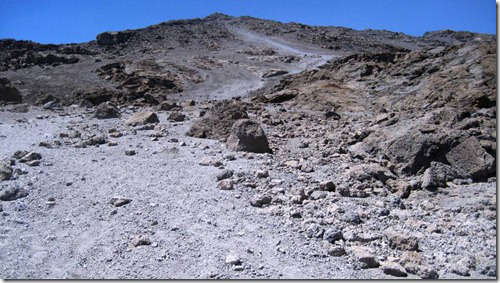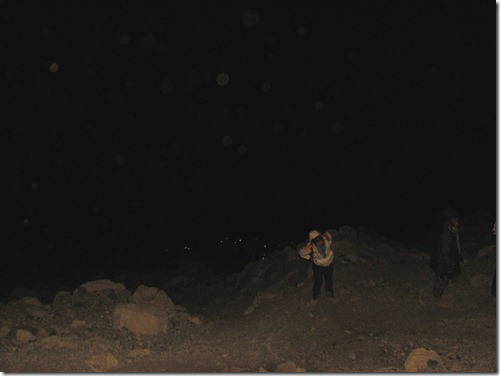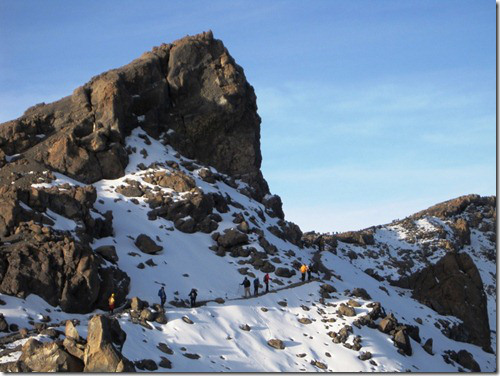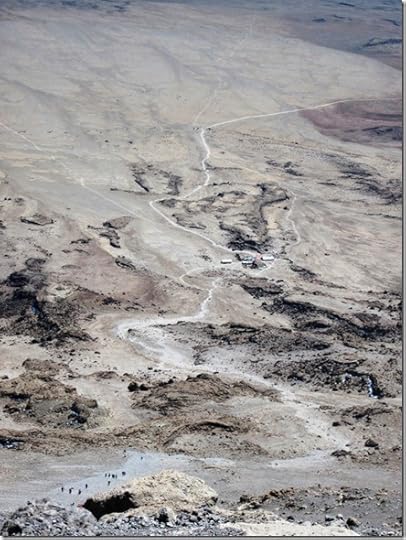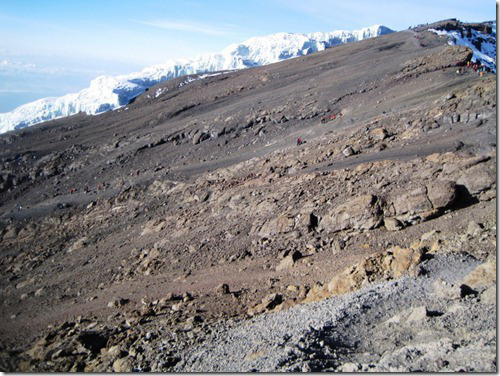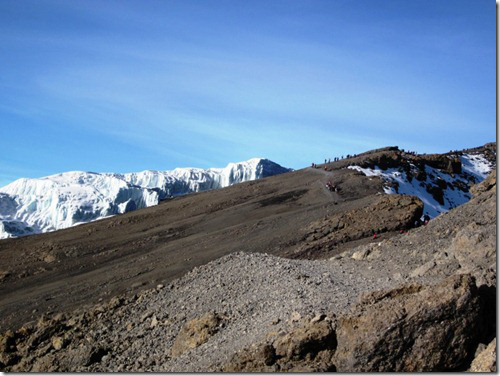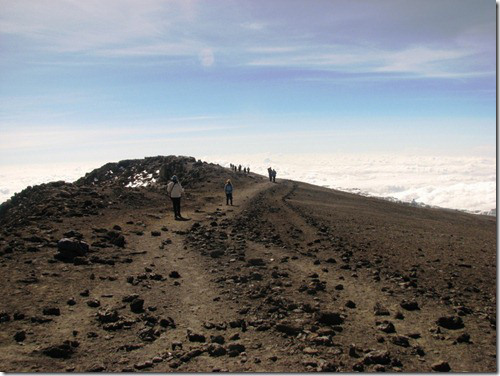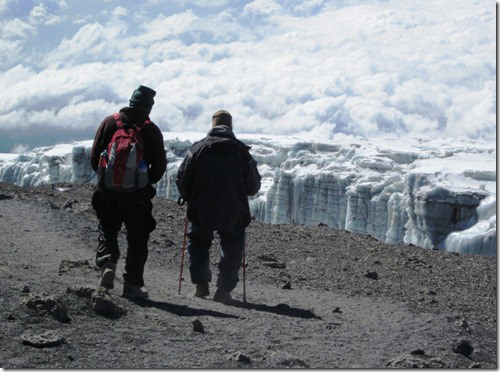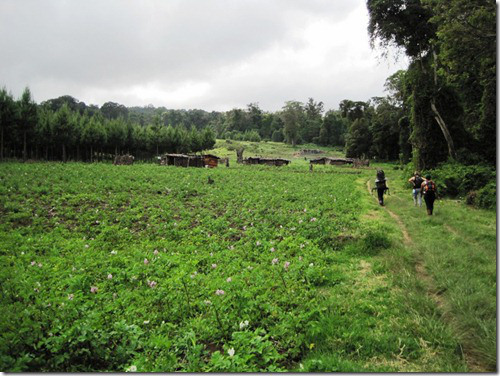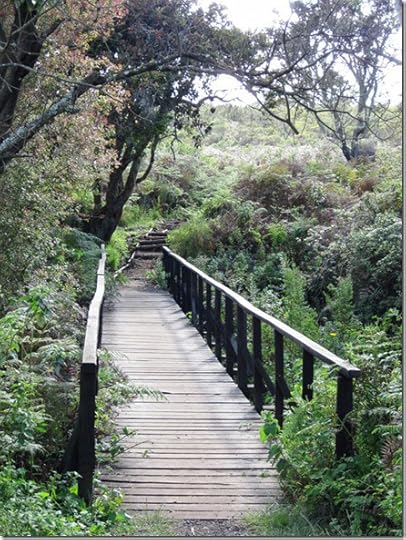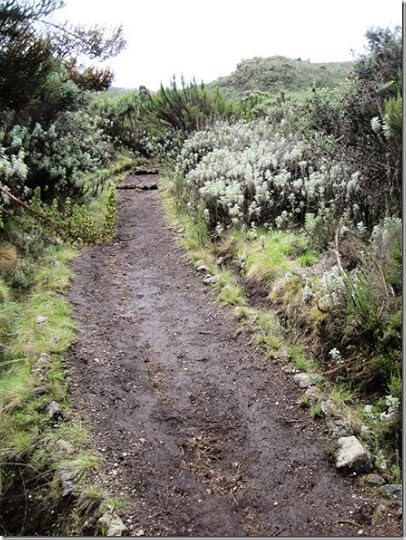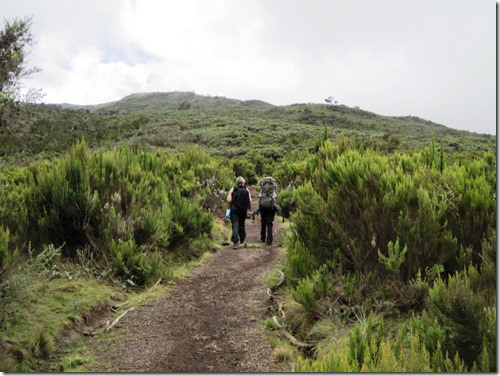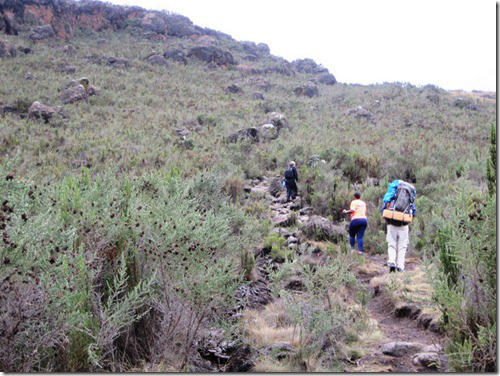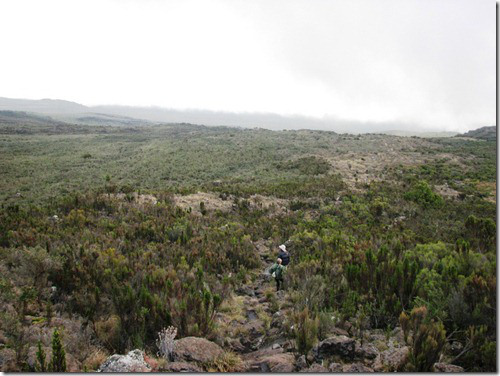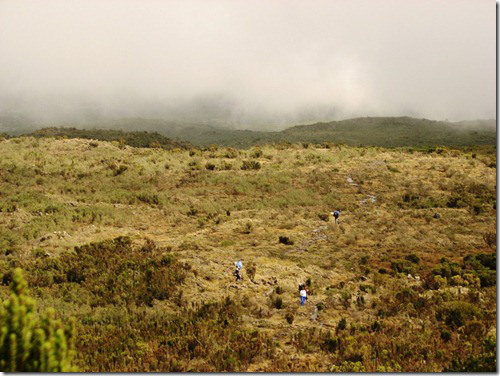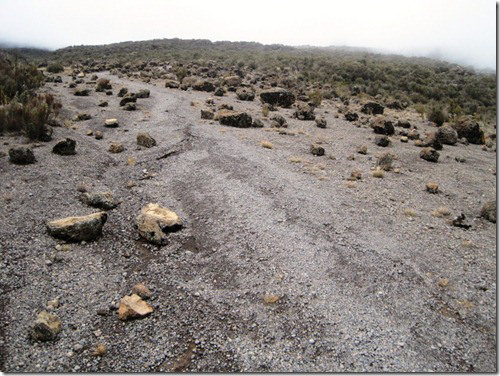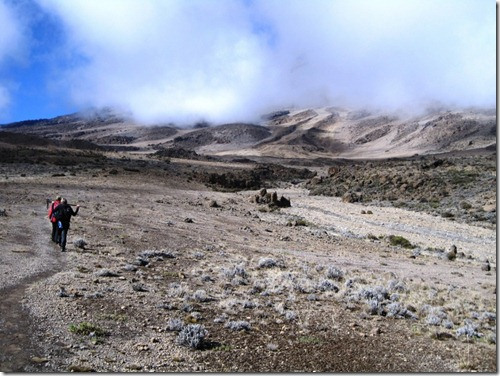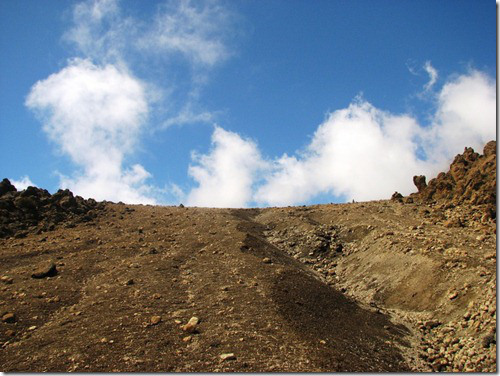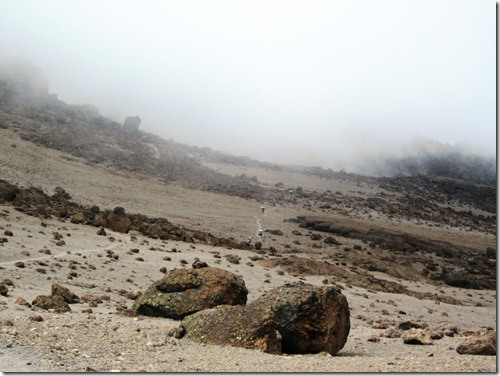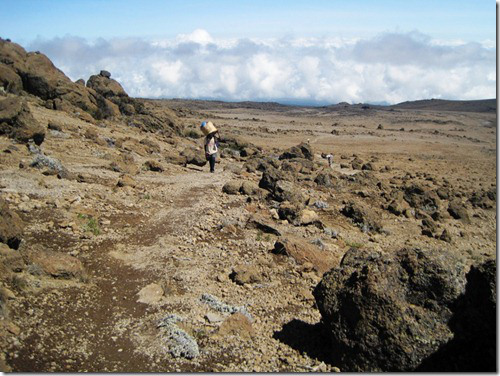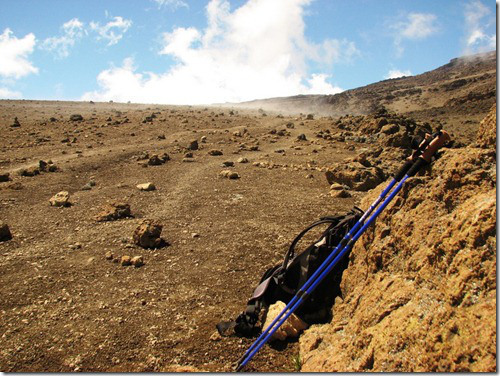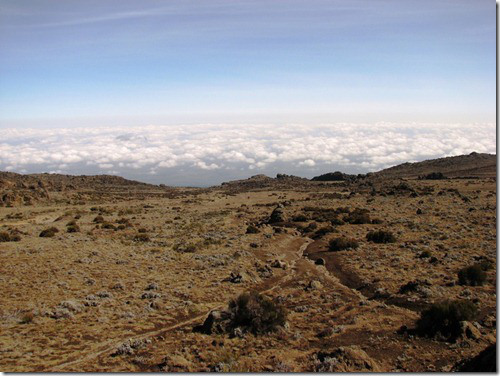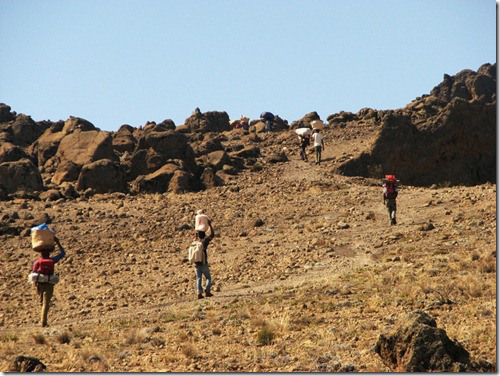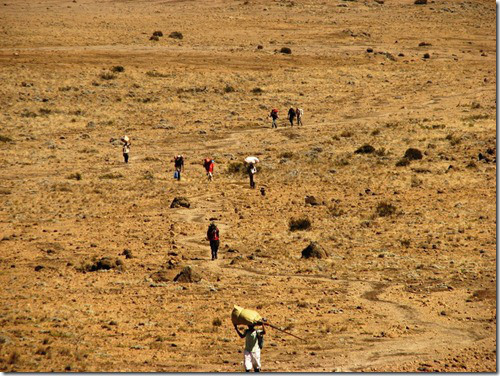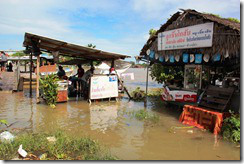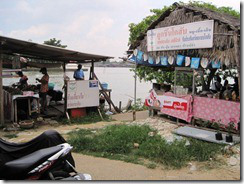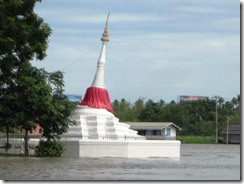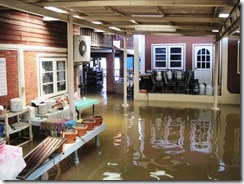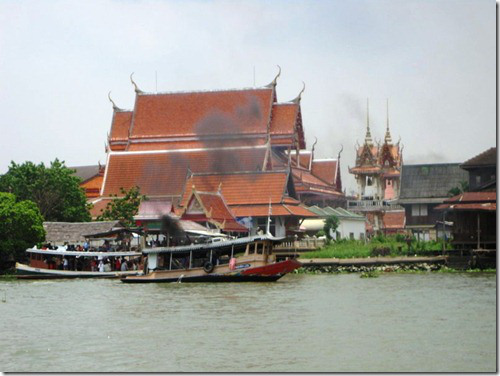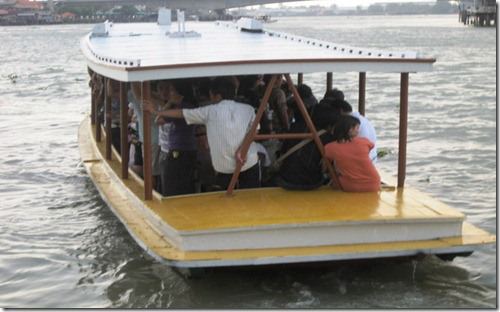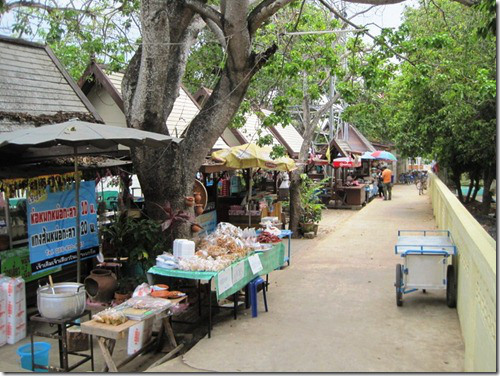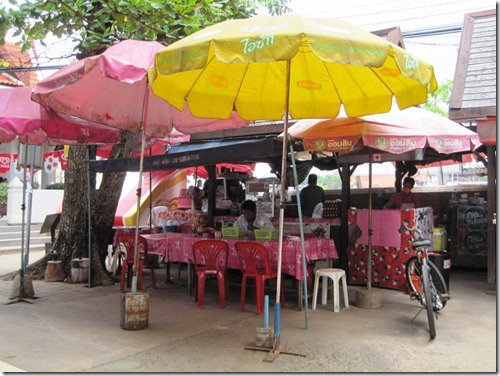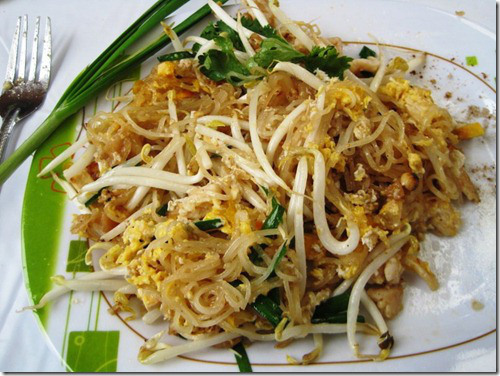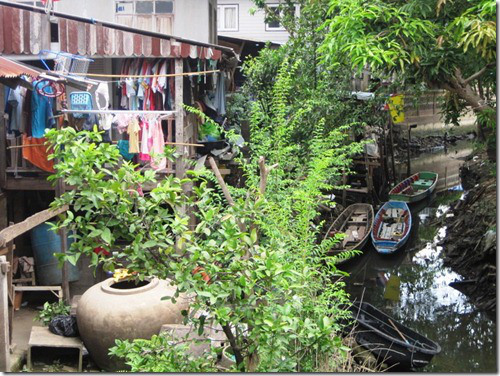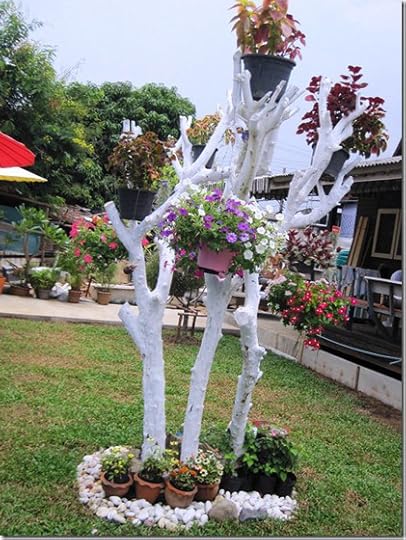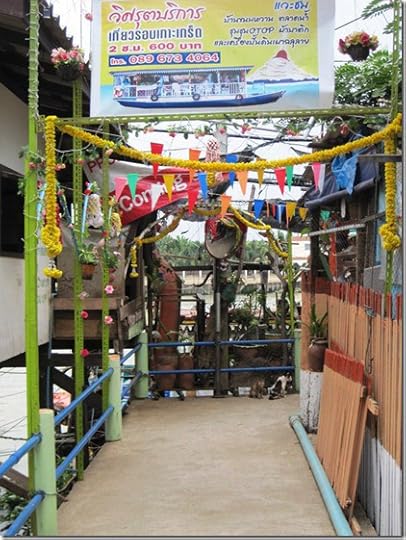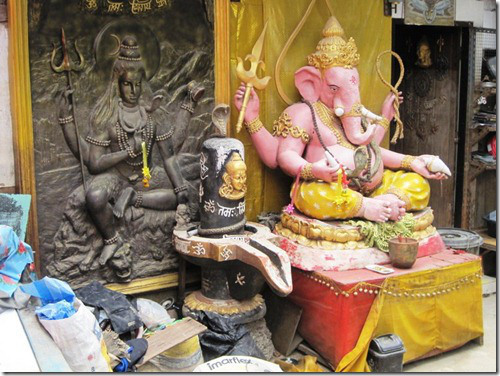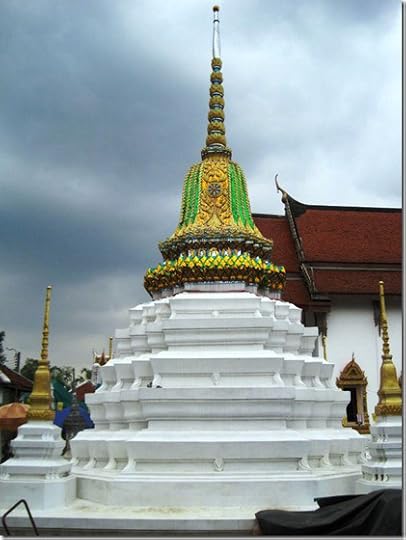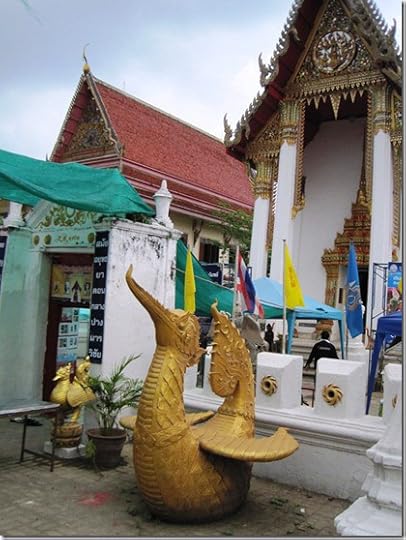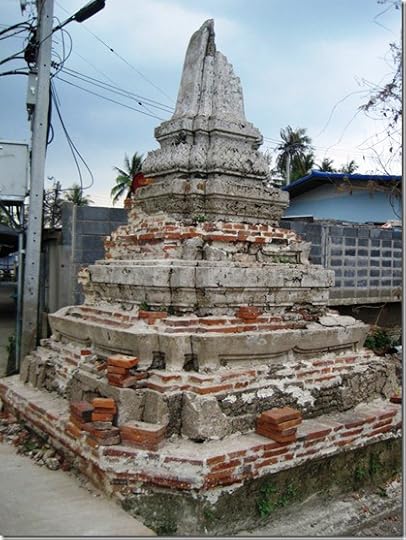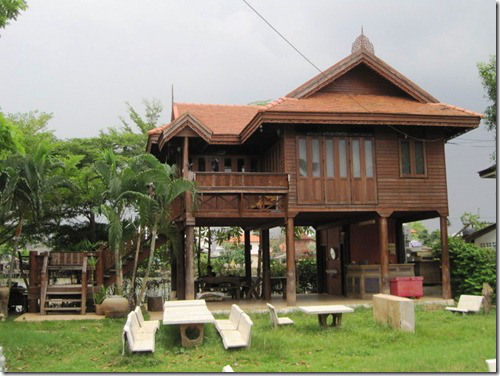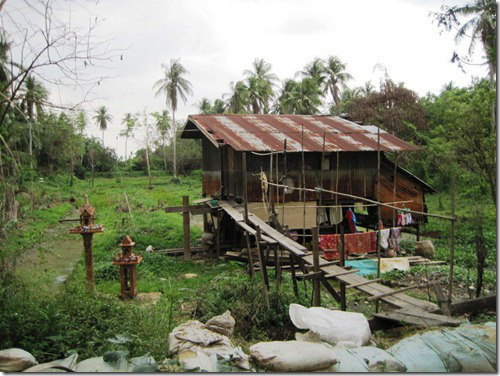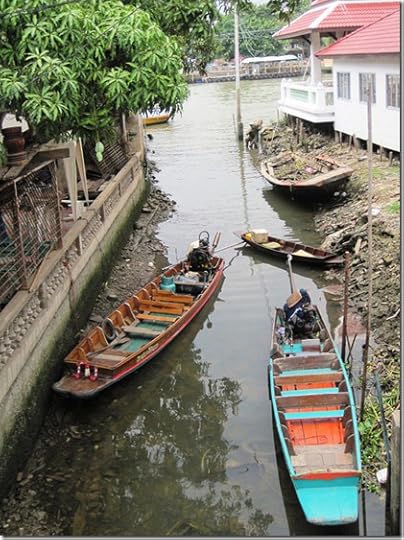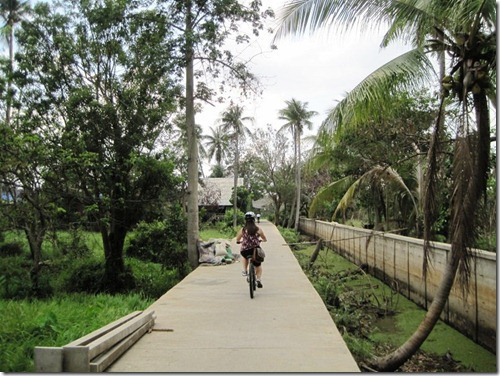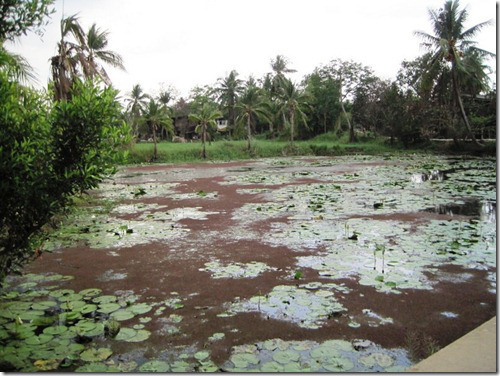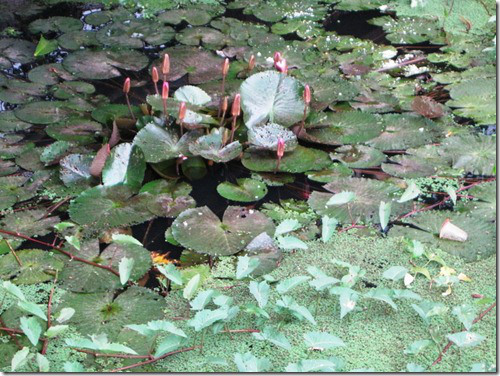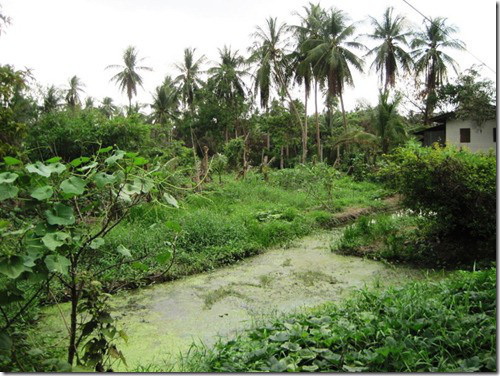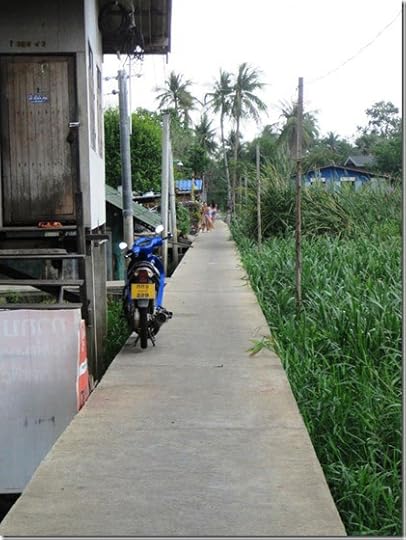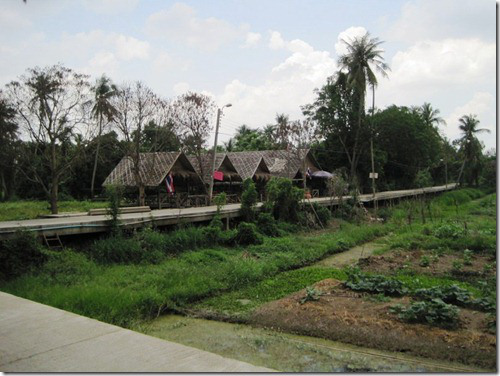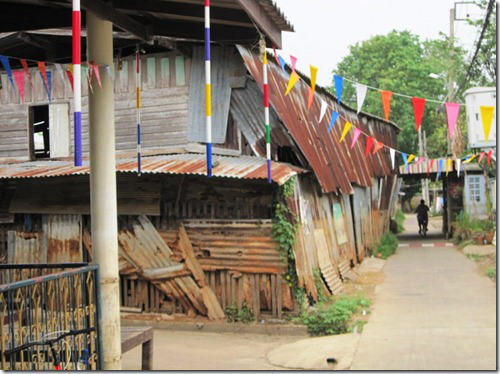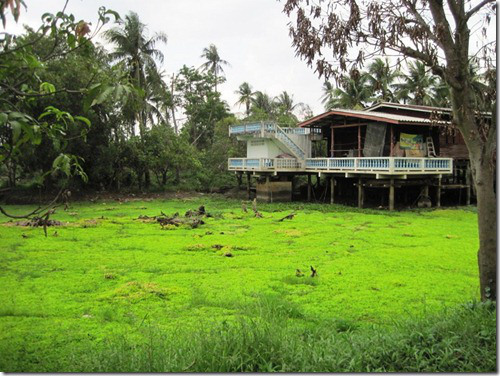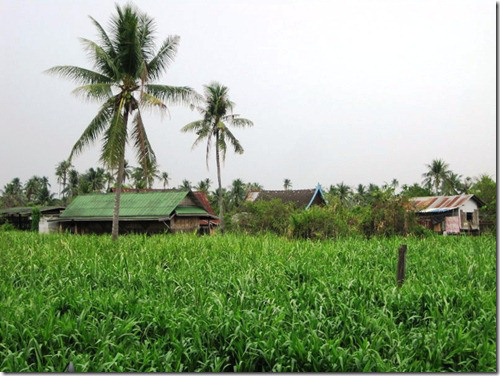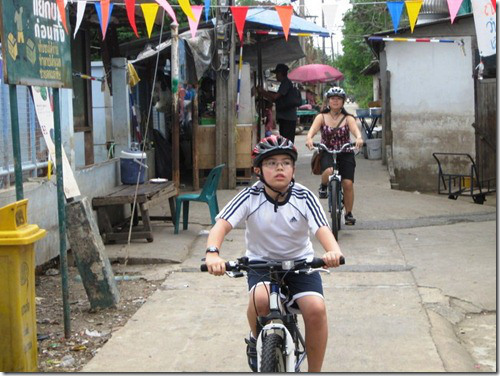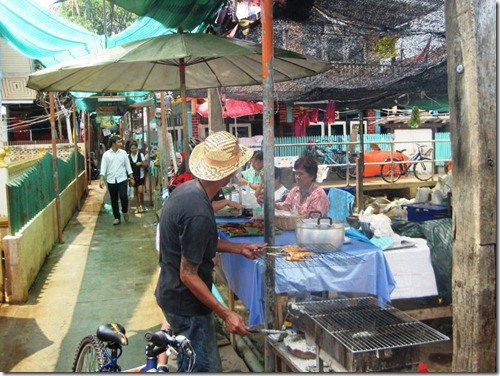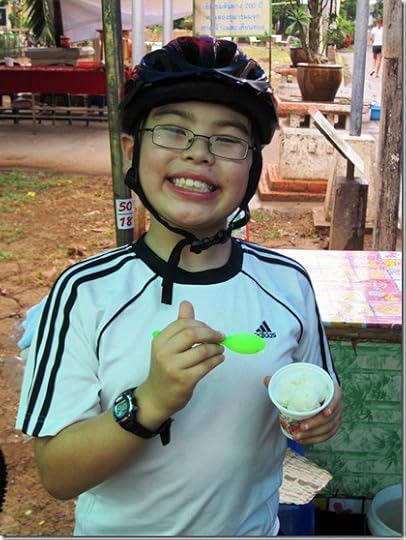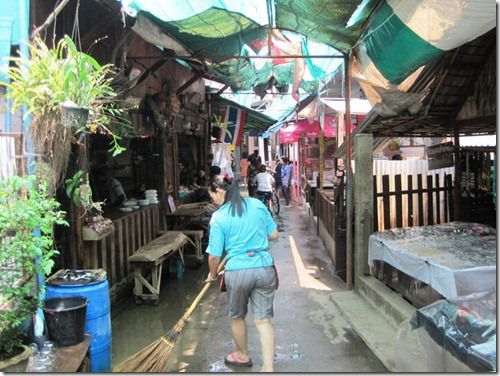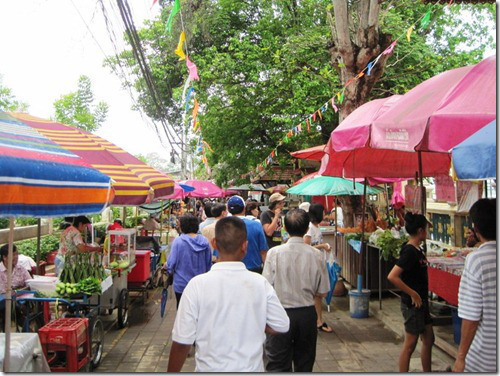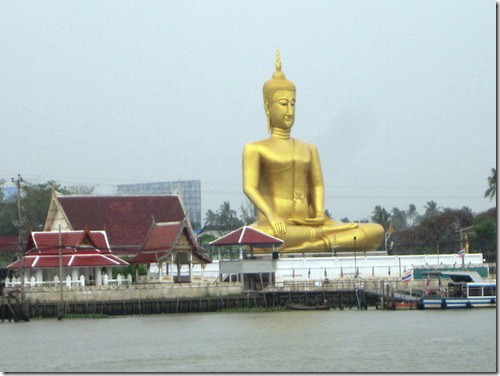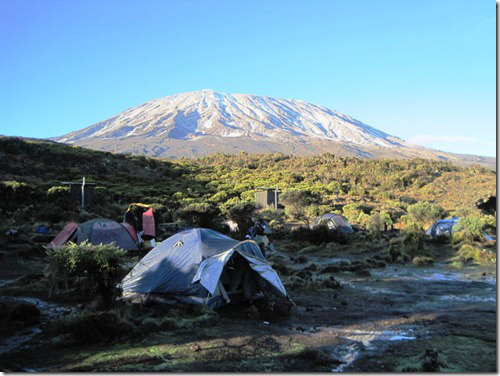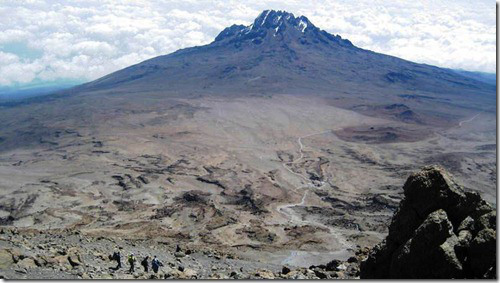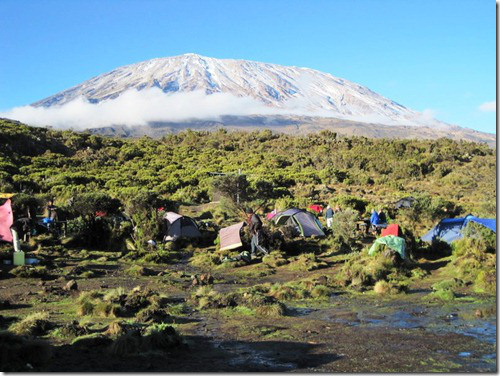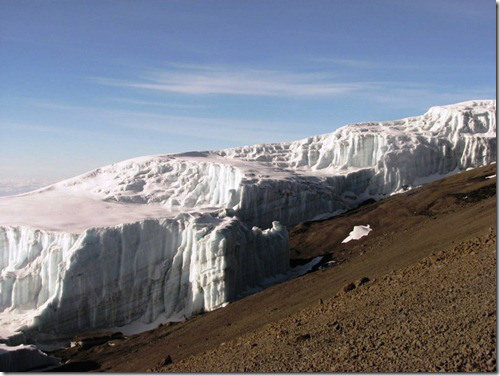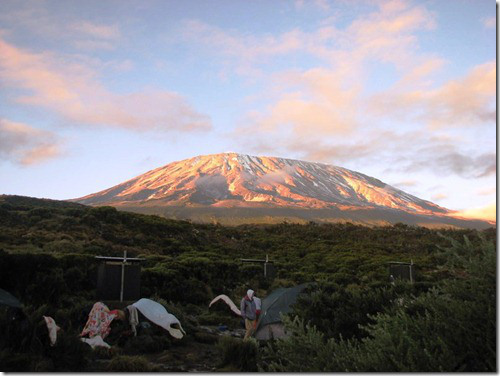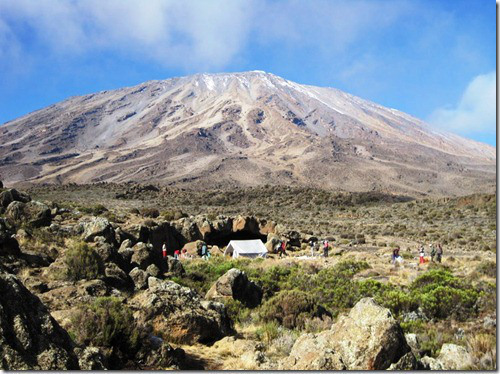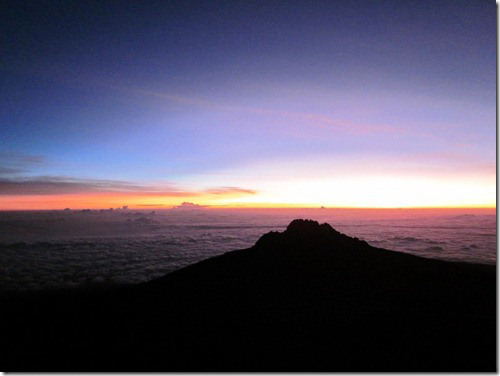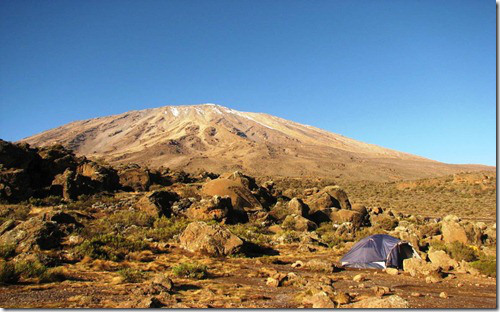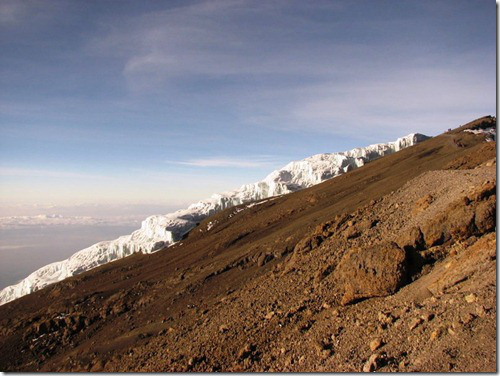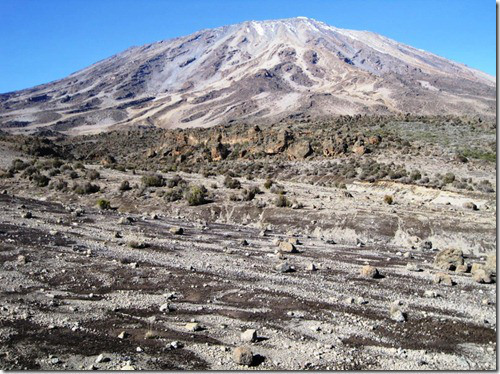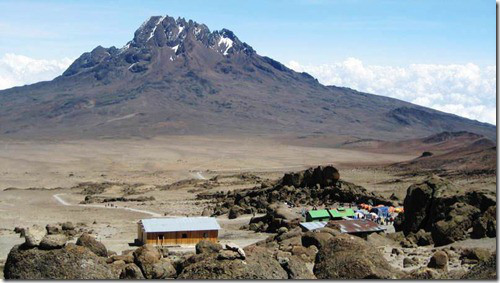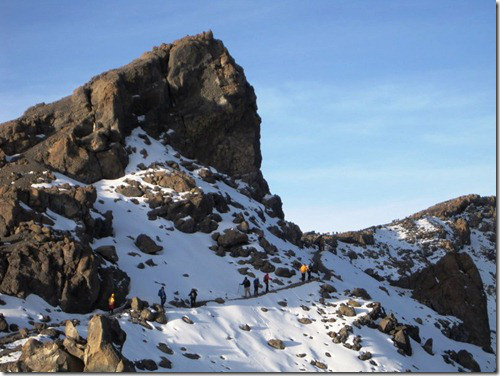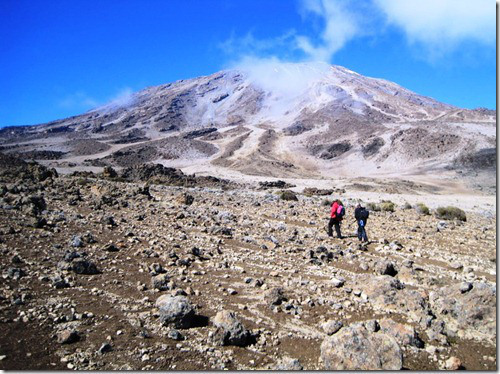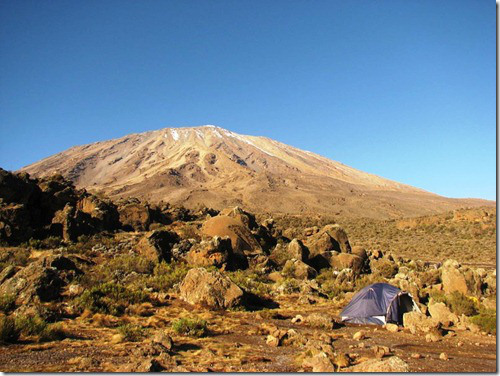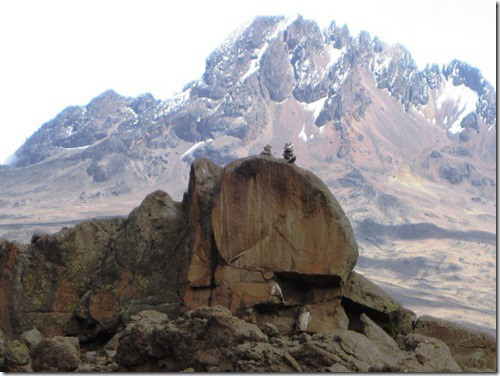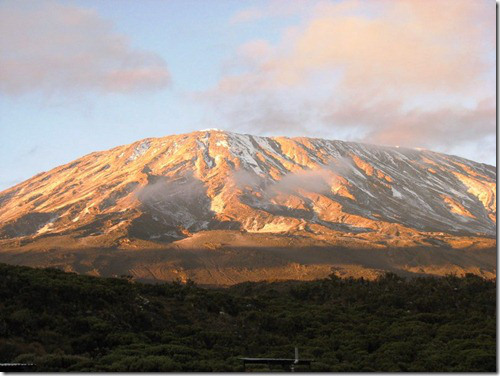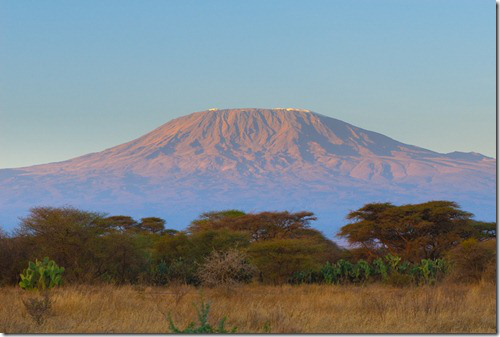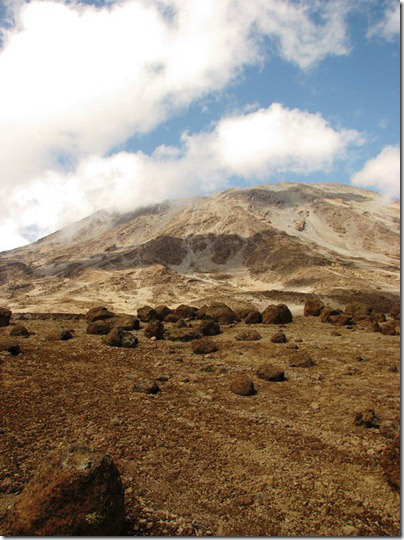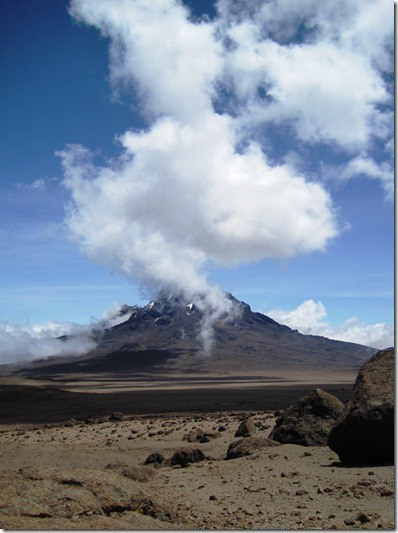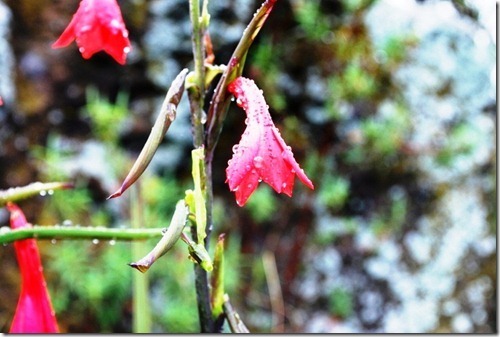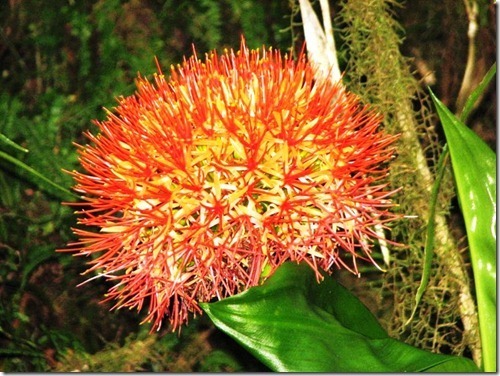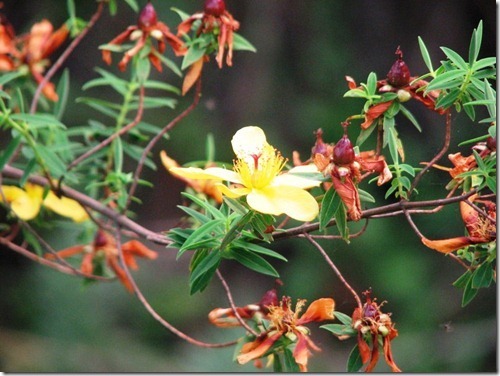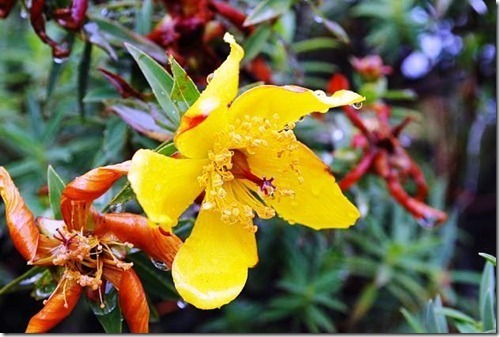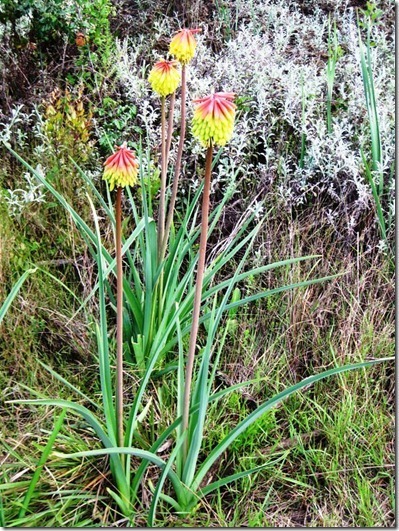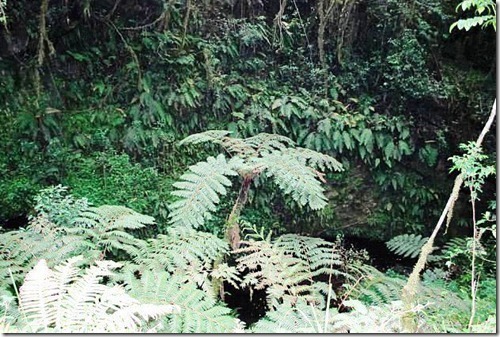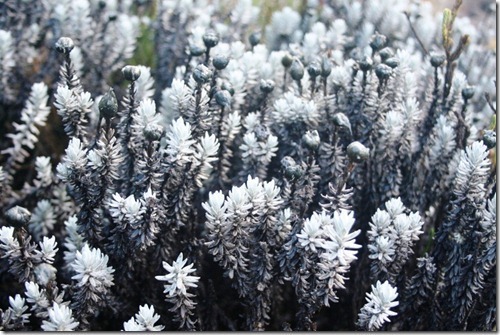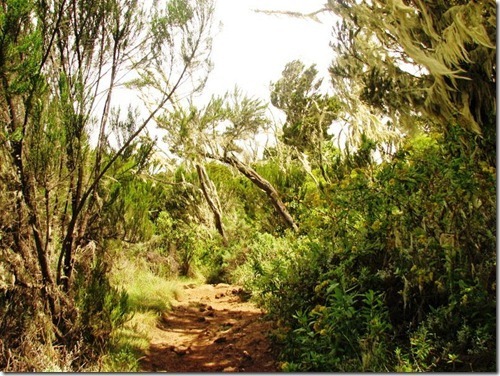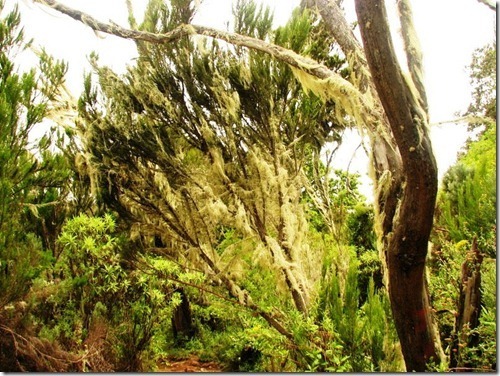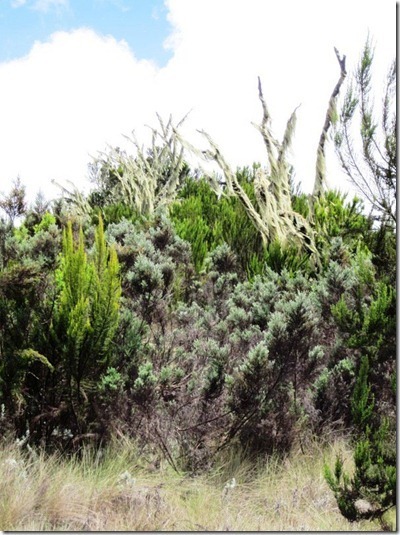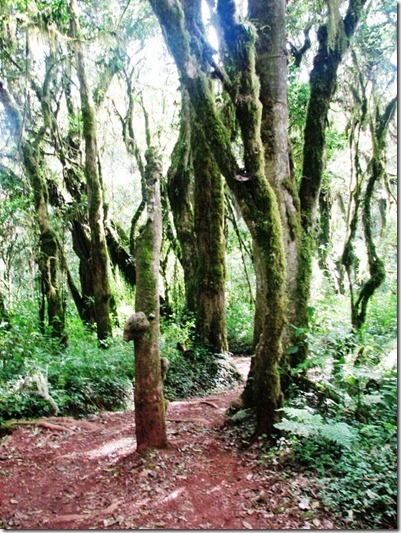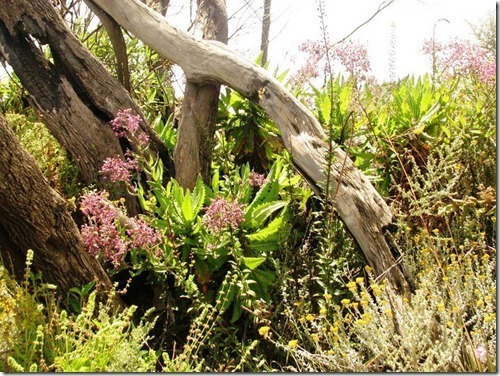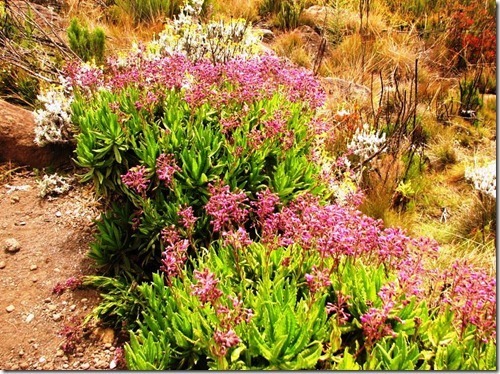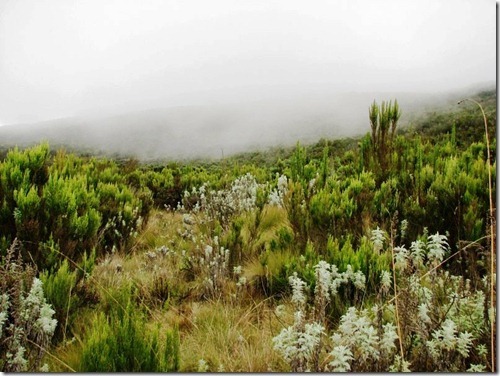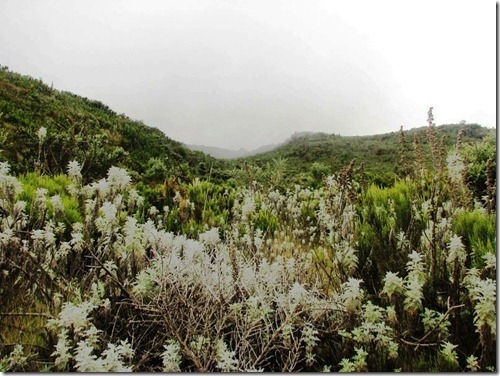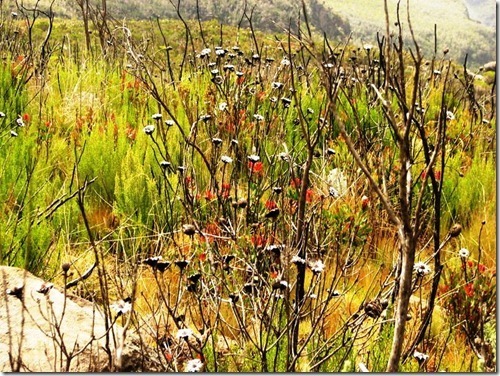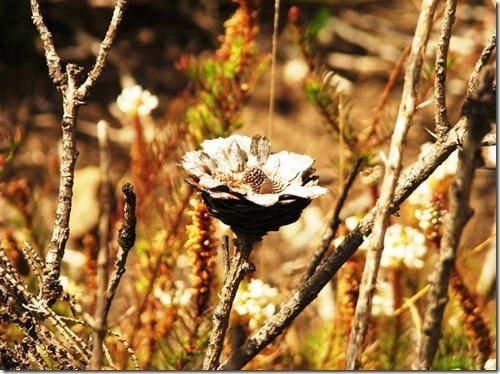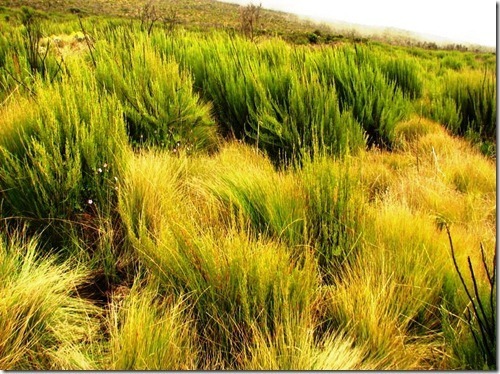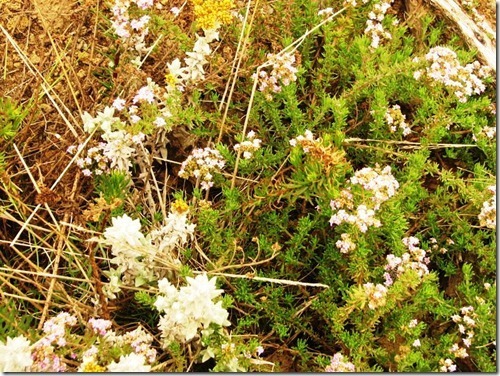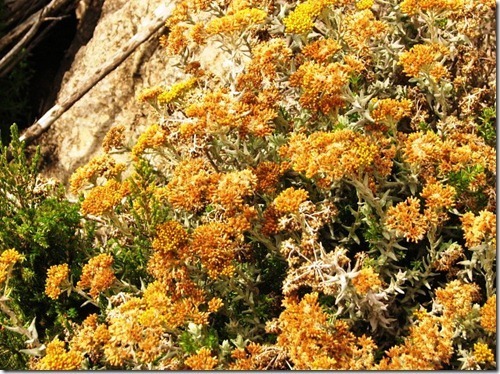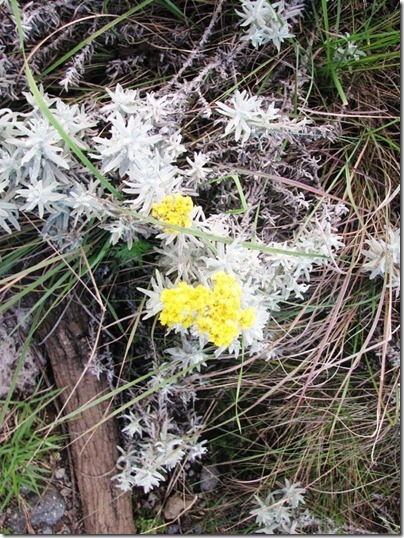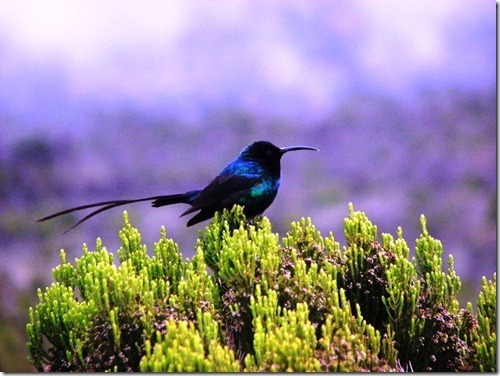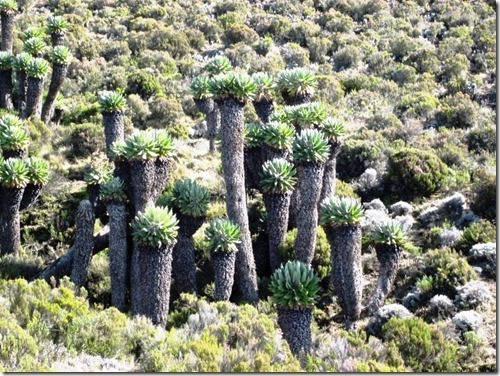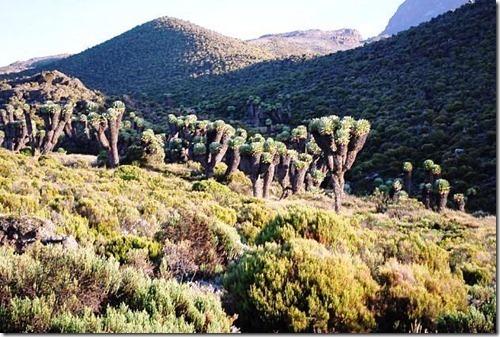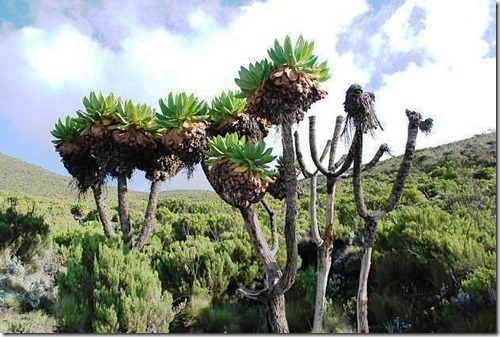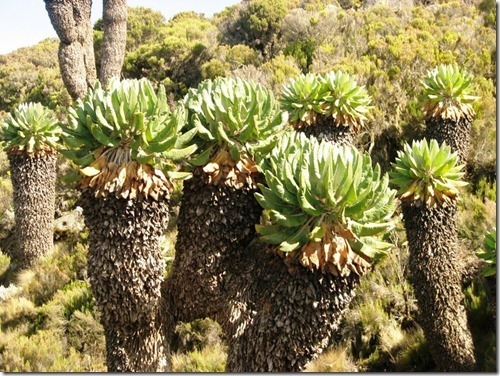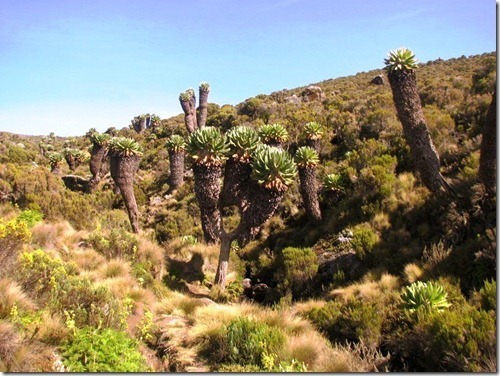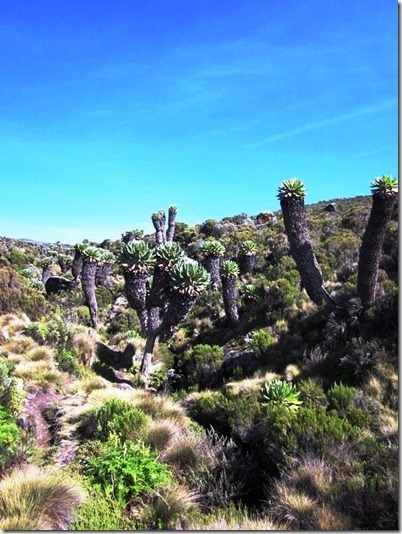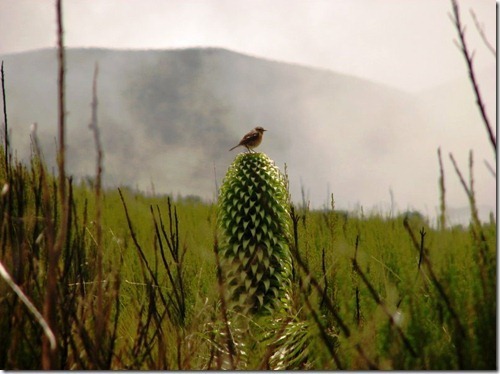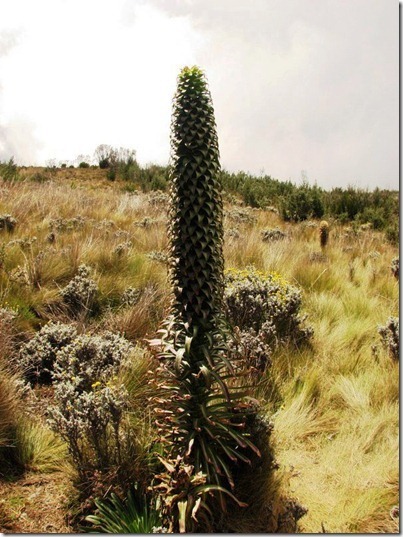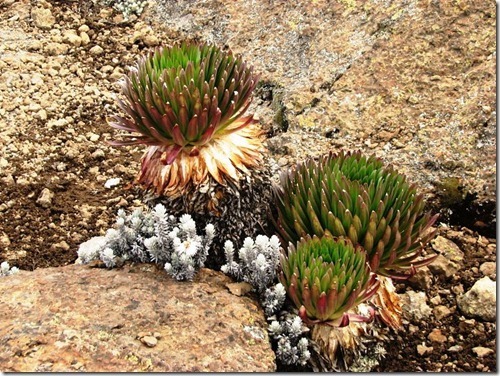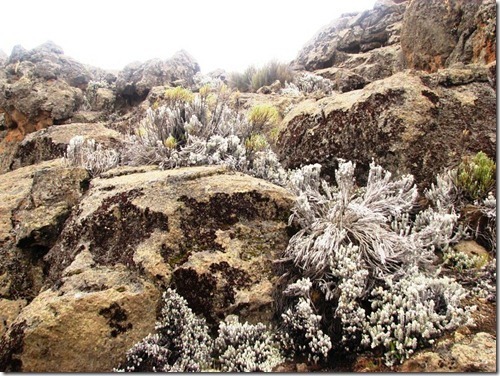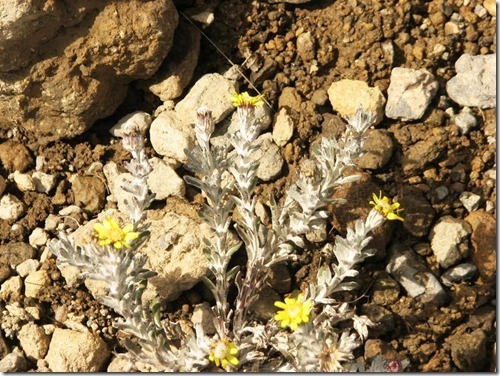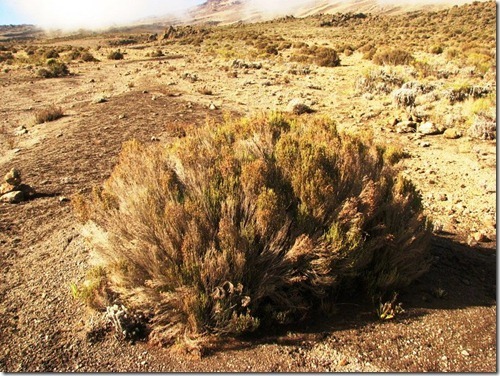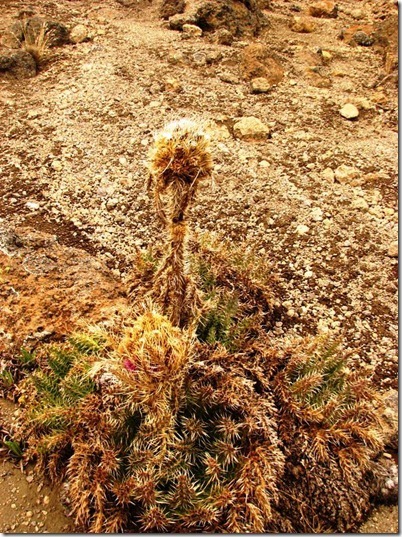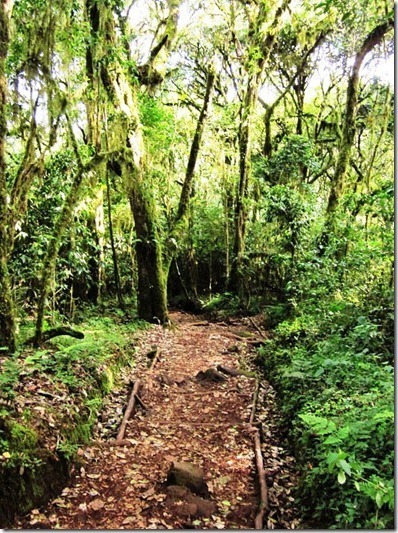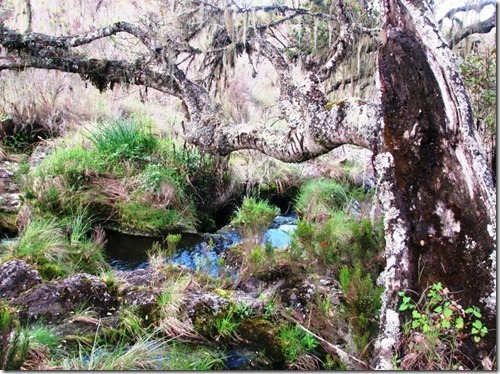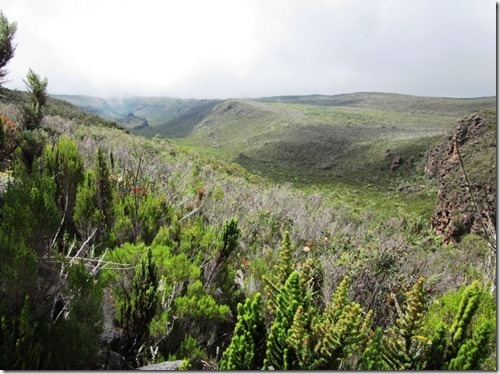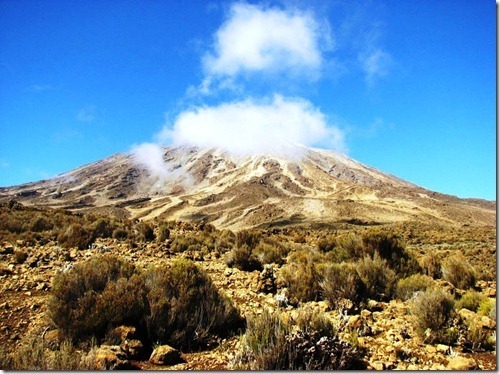M.G. Edwards's Blog, page 17
May 13, 2012
Bihu, Assamese New Year – Guest Post by Pranjal Borthakur
Bihu, Assamese New Year
Guest Post by Pranjal Borthakur
Bihu is a set of three cultural festivals celebrated in the Indian Province of Assam and other regions of the Indian subcontinent. The most popular, Rongali Bihu, celebrates the onset of the Assamese New Year in mid-April (around April 15). The second, Kongali Bihu, occurs in mid-October, while the third, Bhogai Bihu, happens at the end of the harvest season in January. Rongali Bihu commemorates the first day of the Hindu solar calendar and the beginning of the agricultural season when farmers cultivating their fields feel a sense of joy and optimism. The ancient festival lasts seven days and is known for its feasts, lively performances, and merriment. The celebration generally transcends castes and religion and has evolved into a more secular festival that promotes humanity, peace, and fraternity between the classes and faiths.
The festival begins on the last day of the previous year — usually April 14. On the first day, called Goru (Cow) Bihu, cows are washed and smeared with paste, struck with sprigs of herbs, untethered, and allowed to roam free for the day.
On New Year Day, Manuh (Human) Bihu, celebrants clean up, put on new clothing, and ring in the New Year with vigor. Elders are shown respect, receive bihuwan (gamosa cloth), a hachoti (kerchief), and are asked for blessings. The red-and-white gamosa hand woven on a loom by mothers and daughters (see below) is especially revered as a mark of respect for the Assamese and a prized gift. Husori (carol) singing begins, and people visit family and friends.
The third day, Gosai (Gods) Bihu, is dedicated to the worship of the gods, with requests for blessings in the New Year, and cleaning house. The remaining days, Hat Bihu, Senehi Bihu, Maiki Bihu, and Sera Bihu, each represent a special significance in the New Year.
Pitha, traditional cakes made from rice flour and fillings such as coconut, and larus or jolpan snacks help make the season more festive.
Music plays a central role in Bihu. Folk songs associated with the Rongali Bihu are called Bihu Geets (Bihu songs). Husori (huchari) are traditional carols that celebrate Bihu. Huchari comes from the Dimasa Kachari words for “land” (ha) and “move over” (char). Rongali Bihu is also a fertility festival, where Bihu dancing celebrate young women’s fertility with its sensuous movements. It is a time for young men and women to seek partners and mates.
Bihu Performances
Singing, dancing, and performing is a very important part of the celebration. Dancers dance on an elevated stage in an open area known as a Bihutoli popular throughout Assam. Performances may include Bihu dances, theatrical performances, concerts by solo singers, and standup comedy that entertain audiences late into the night. They keep the audience enthralled well into the early hours of the morning. In the photos below, village children in small groups sing husori and dance in traditional Bihu style.
My niece Mamu posed with the village kids after their Bihu dance. She enjoyed it so much that she begged to take photos with them in Assamese, “Munu mur photo tana.”
Children, adolescents, and teens perform suori or dhodhi monthon, a reenactment of the god Krishna’s childhood.
Various tribal groups take the stage to compete with one another singing husori. The singers announce their arrival with drum beats and come on stage, where they sing songs and perform a ring dance. At the end of the performance, they are thanked with an offering. In one dance, young men engaged in a mock war with one another on stage. It was quite unnerving!
In some parts of Assam, Kali Puja is also performed as a prayer to the goddess Kali. It typically involves the sacrifice of goats and other animals.
Young unmarried men and women wearing traditional golden silk muga dance the Mukoli Bihu and sing Bihu songs to celebrate female sexuality. The songs have themes of requited or unrequited romance and love. Although the songs describe tragic events, they are treated lightly by the audience. Bihu dance groups from different villages compete with one another for the privilege of joining the Village Bihu Group.
Other forms of Bihu that are celebrated in Assam include Fat Bihu, an old form characterized by spontaneity that is popular in Lakhimpur, Assam; the Jeng Bihu performed and watched exclusively by women; Beshma, and Baisago.
About Shree Sai Siksha Niketan School
The Shree Sai Siksha Niketan School is located in Guwahati, the capital of Assam Province in India. The school for boys and girls has 51 students in grades 1 through 12. Although the school is financed by private sources and resources are limited, Mr. Borthakur and his dedicated staff and teachers work hard to provide a quality education to these promising students. Since its founding, the school has grown from 12 students and continues to grow. Below are photos of the school’s students performing at the First Annual Day Celebration held in early 2012.
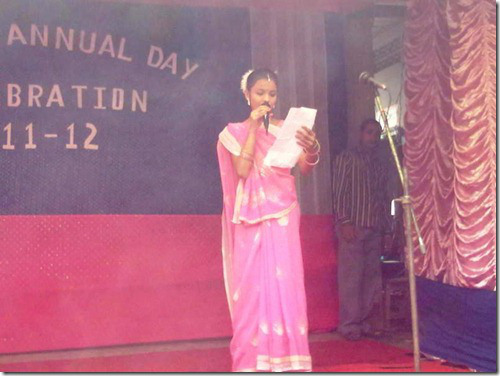
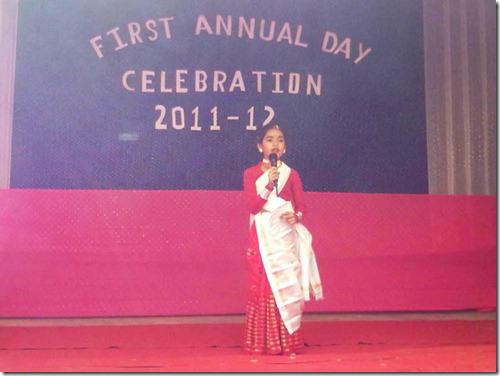 Below are photos of the school principal and the staff. They are a dedicated group of individuals.
Below are photos of the school principal and the staff. They are a dedicated group of individuals.
Students and staff participate in a class activity at the school.
About Pranjal Borthakur
Pranjal Borthakur is head of the Shree Sai Siksha Niketan School. Married and a father of two, he has dedicated his life to running Shree Sai Siksha Niketan School and offering an affordable education to children in Guwahati. Below are photos of Mr. Borthakur and his family in Guwahati.
Pranjal’s daughter Asmita (center), son Manas (left), and niece Mamu.
Pranjal’s wife with a group during a school outing.
Photos from Pranjal’s childhood. Riding horses with his brother Pranab and with his father, Dr. Borthakur, and brother.
For more information about Assamese culture, the Shree Sai Siksha Niketan School, or to inquire how you can support the school, contact Mr. Borthakur at:
E-mail: pranjalbarthakur@gmail.com
Twitter: http://www.twitter.com/@pranjalbor
Web page: http://sssniketan.blogspot.com/
Blog: http://pranjalborthakur.wordpress.com/
Phone: +917399555359
Address: Pranjal Borthakur, Airforce Gate, Village Raibori, Police Station Palasbari, Post Office Bongora , Guwahati-781015
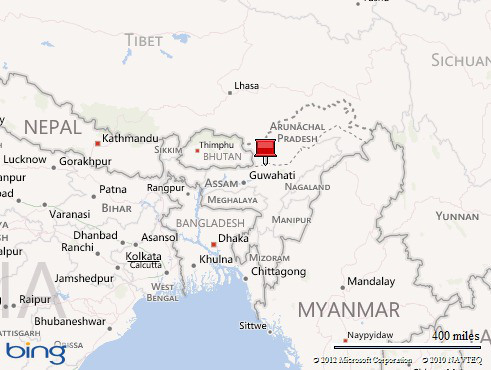








May 11, 2012
Financial Indie: Startup Savings
“Financial Indie” is a series of articles designed to help writers finance their careers. If you have an investment question, please post it and I’ll try to incorporate it into a future article.
In my previous article, I discussed how writers can build a financial portfolio to support their careers. By planning ahead and investing wisely, writers can move away from living paycheck to paycheck toward financial independence.
Getting started is the hardest part of this exercise. Building a base on which to grow your investments takes some startup savings, which can be difficult for some writers to accumulate. The most obvious way to save money is to earn a salary, commissions, or contract fees from writing or a job. If your income is steady, set a target percentage to save each month and stick to it. Set a realistic goal that you can consistently meet. The more you can save up front to invest, the more you can earn in the long run.
If you don’t have a steady source of income, look for ways to save money without doing away with the basic essentials. Based on my experience living in both developed and developing countries on four continents, I’ve noticed that most people spend money on things that they don’t need. What can you live without that will help you save?
Housing, food, and transportation are three of the biggest expenses in most people’s budgets. If you’re spending a considerable amount of money on rent or a mortgage, is there a way to decrease what you pay? Can you move to a cheaper apartment? Can you sell your house or refinance your mortgage? Can you relocate someplace closer to where you work? While most people are hesitant to make changes that significantly impact their lives, short-term belt-tightening may be needed to get ahead in the long run.
Are you able to save $100 per month that you can use to build an investment portfolio? If not, make a list of your income and spending in an average month. Does your income exceed spending? If so, then you’re already saving. If not, look at ways to reduce spending. Can you decrease the amount you pay monthly for discretionary items such as dining out, tech gadgets, and entertainment? Can you decrease the amount of money you remit on utilities? If your monthly budget exceeds U.S.$1,000, you may be able to save $100 or more by cutting unnecessary expenses. If you earn less, then consider scaling back your savings target. A skipped meal at a restaurant, overpriced cup of coffee, using mass transit instead of driving, or switching to free social media to market your book can help you meet your savings goal.
After you save $100, what should you do with it? Don’t spend it! Invest it. In general, it’s best to save for retirement first to supplement your income once you stop working. You may receive a pension or social security when you retire, but in many countries such as the United States, you can set aside additional money tax-free for retirement. In the United States, pre-tax retirement accounts are known as traditional individual retirement accounts (IRAs), and after-tax accounts that are tax free when you withdraw them after retirement are called Roth IRAs. Many companies offer retirement accounts known as 401(k)s that allow you to set pre-tax money aside for retirement. Consider these investment options first if they’re available where you live.
In addition, you may have other expenses such as healthcare or college tuition for your children. Many countries have programs that offer tax breaks to those who save for college or set aside money to pay healthcare bills. In the United States, 529 college savings plans, flexible spending accounts (FSAs), and health savings accounts (HSAs) offer tax benefits worth considering before building a liquid (taxable) portfolio to finance your writing career.
Assuming that you are able to save $100 per month for a liquid portfolio, think about your tolerance for risk. Do you like to gamble, save your money under a mattress, or are you somewhere in between? Consider your age and how long you have to grow your net worth. Are you close to retirement, when you’ll start to draw down your savings after you stop working, or do you have many years to investment? The answers will influence what kinds of investments you make.
Regardless of your age and income level, there are two important principles to remember when it comes to disciplined investing: 1) Purchase investments that maximize your gain; and 2) Diversify your investments to minimize your risk. Think about your own options keeping these principles in mind. In my next article, we’ll start looking at different ways to invest the $100 you’ve saved.
Disclaimer: I am an accredited private investor. I am not a certified financial planner or investment advisor. The information contained in these articles should not be considered professional investment advice. Use your own discretion when pursuing investment opportunities. For specific investment advice, consult an investment professional.
M.G. Edwards is a writer of books and stories in the mystery, thriller and science fiction-fantasy genres. He also writes travel adventures. He is founder of Brilliance Equity LLC, an investment firm.
Edwards is author of Kilimanjaro: One Man’s Quest to Go Over the Hill, a non-fiction account of his attempt to summit Mount Kilimanjaro, Africa’s highest mountain. His collection of short stories called Real Dreams: Thirty Years of Short Stories available as an e-book and in print on Amazon.com . He lives in Bangkok, Thailand with his wife Jing and son Alex.
For more books or stories by M.G. Edwards, visit his web site at www.mgedwards.com or his blog, World Adventurers . Contact him at me@mgedwards.com , on Facebook , on Google+, or @m_g_edwards on Twitter.
© 2012 Brilliance Press. All rights reserved. No part of this work may be reproduced or transmitted without the written consent of the author.








May 9, 2012
Kilimanjaro Book Nominated for Global Ebook Award
 M.G. Edwards’ debut book, Kilimanjaro: One Man’s Quest to Go Over the Hill, has been nominated for the 2012 Global Ebook Award in two categories, Inspirational/Visionary – Non-Fiction and Sports/Fitness/Recreation – Non-Fiction.
M.G. Edwards’ debut book, Kilimanjaro: One Man’s Quest to Go Over the Hill, has been nominated for the 2012 Global Ebook Award in two categories, Inspirational/Visionary – Non-Fiction and Sports/Fitness/Recreation – Non-Fiction.
Kilimanjaro is a memoir chronicling the author’s attempt to summit Mount Kilimanjaro, the highest mountain in Africa. At forty years old and on the verge of a midlife crisis, he tried to change his life by climbing a mountain. This is his true story of facing Kilimanjaro and other challenges at middle age.
Readers rave about Kilimanjaro, calling it “life changing,” “inspirational,” and “an epic journey of self-discovery.” This book is for anyone who feels over the hill and needs encouragement to make a life change in the face of difficult odds. It’s also for the casual climber, mountaineer, or hiker who is interested climbing one of the world’s tallest mountains. Filled with insights and advice for those who are contemplating their own Kilimanjaro climb, this book will put you on the mountain and inspire you to go over it.
Edwards is a writer of books and stories in the mystery, thriller and science fiction-fantasy genres. He also writes travelogues. A former U.S. diplomat, he served in South Korea, Paraguay, and Zambia before leaving the Foreign Service to write full time. He lives in Bangkok, Thailand with his wife Jing and son Alex.
The Global Ebook Awards honor and bring attention to the future of book publishing: Ebooks. Now in its second year, the Awards are given in 72 specific categories. They are open to all publishers. Each winner is chosen as best in its category rather than based on size or region. Submissions are judged by a panel of 250 judges who are experts in the categories and genres of the books nominated. The awards ceremony will be held in Santa Barbara, California on August 18, 2012. For more information, visit http://globalebookawards.com.
Kilimanjaro: One Man’s Quest to Go Over the Hill is available to purchase as an ebook from 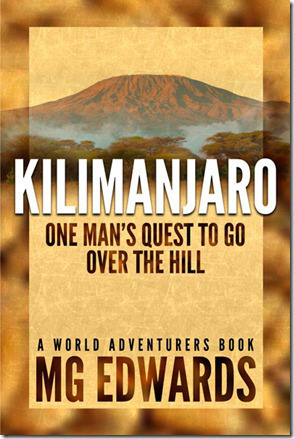 these booksellers:
these booksellers:
Kilimanjaro is available in print at these booksellers:
For more information about the book or M.G. Edwards, visit www.mgedwards.com or worldadventurers.wordpress.com. Contact him at me@mgedwards.com, on Facebook at www.facebook.com/migedwards/, or @m_g_edwards on Twitter.








May 6, 2012
Thoughts and Sayings (May 2012)
 Here are some thoughts and sayings I posted on Twitter and/or Facebook in April. To my knowledge, I made these up (for better or for worse). Sit back, relax, and enjoy the write!
Here are some thoughts and sayings I posted on Twitter and/or Facebook in April. To my knowledge, I made these up (for better or for worse). Sit back, relax, and enjoy the write!
Encouraging Words
1. When I was younger, I had health and time but no money. As an adult, I have health and money but no time. When I’m old, I will have money and time but not health.
2. I have 24 hours, 2 hands, and 1 brain at my disposal every day. That’s a lot to manage at the same time.
3. Coercion will get you anywhere. Of course, you may not like where it takes you.
4. Success blossoms when others cultivate it.
5. It’s easy to pretend that everything is roses, but it’s hard to hide the wounds when the thorns cut deep.
Twisted Words
6. I’m so plugged in that my feet are in the holes and my head’s in the ground.
7. Inspiration is like lightning. Once it strikes, it quickly bolts.
8. Divided, we Fall. United, we Spring.
9. Why are football (soccer) clubs united? Why can’t one be divided?
10. Someone told me my singing is so cheesy that it sounds nothing like that famous opera singer Pepperoni.
In Its Own Write
11. Writing: The ability to put something back on the page where it belongs.
12. “Write” is a combination of “rite” and “wit.” To do it well takes discipline and whim.
13. Forcing a writer to become a plotter is de-pantsing.
Holidays & Events
14. This year’s April Fool’s Day is now on Friday, the 13th of April, so that you can make people look like fools and give them bad luck.
15. Easter is in April. When is Wester?
16. Completing the monstrous IRS Form 1040 to file U.S. taxes is a reminder why those who file in the Cayman Islands or the Bahamas do.
17. There’s been some kind of mix up. The taxman showed up on my deathbed, and I cheated the Grim Reaper.
Random Musings
18. Today is a good day. I woke up, got the kids off to school, made some coffee, and am now sitting down to work with no interruptions. *knock, knock* Oh, sorry, be right back. Someone’s at the door.
19. I can’t decide who’s tougher — the Iron Lady or Iron Man.
20. Waiting in traffic for a dignitary to pass is such a royal pain.
21. Nothing is hot; everything is hot. All deadlines are imposed.
22. Have gum, will travel. Except to Singapore.
23. Good night to all, and to all night good.
Click here to read the previous batch of Thoughts and Sayings.








May 3, 2012
Gold Train is Golden
A Review of Gold Train
A Novel by Lada Ray
5 Stars
Gold Train. What images come to mind when you read those words? Do they conjure images of a train filled with gold? That’s what will cross your thoughts when you read the novel Gold Train by Lada Ray. The author paints a vivid image of an early 20th Century locomotive filled with gold reserves from the Czar’s treasury that disappeared without a trace during the 1918 Russian Civil War.
From the very first chapter, Lada weaves vivid descriptions of Russia and Russian culture into a story filled with thrilling suspense. The novel follows the prequel Stepford, U.S.A. and the novella Green Desert, which introduce readers the colorful character of Jade Snow, an international journalist turned stay-at-home mom who’s dedicated to her family but longs to return to the field as a reporter.
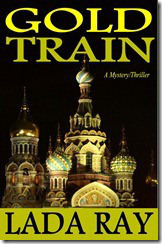 In Gold Train, Jade embarks on the adventure of her life traveling to Russia to investigate the Gold Train’s disappearance. The assignment leads her into a tangled web of intrigue in Moscow, St. Petersburg, and New York City that involves the Russian authorities, a pro-monarchist organization with Chechen ties, and the FSB, the Russian intelligence agency formerly known as the KGB. The story is filled with page-turning action that hurtles Jade toward an explosive climax that sheds light on the mystery of the Czar’s missing gold. Buffeted by events often out of her control, Jade uses her intellect and journalistic instinct to navigate her way heroically through life-threatening events.
In Gold Train, Jade embarks on the adventure of her life traveling to Russia to investigate the Gold Train’s disappearance. The assignment leads her into a tangled web of intrigue in Moscow, St. Petersburg, and New York City that involves the Russian authorities, a pro-monarchist organization with Chechen ties, and the FSB, the Russian intelligence agency formerly known as the KGB. The story is filled with page-turning action that hurtles Jade toward an explosive climax that sheds light on the mystery of the Czar’s missing gold. Buffeted by events often out of her control, Jade uses her intellect and journalistic instinct to navigate her way heroically through life-threatening events.
Jade is a character who, in some ways, represents “everywoman” to whom readers can relate. She has some amazing talents, including a sixth sense that defies logic, and a charming, engaging personality. At the same time, she exhibits some flaws that make her all too human. From her strong bond with friends to her struggle against temptation, Jade is someone many of us see in ourselves. At the same time, she has some unforgettable traits — from her flaming red hair to her deep knowledge of Russian culture — that put her in the annals of fiction literature’s great heroines. I’m looking forward to reading more about Jade in the upcoming Dragon Gate and many sequels to come.
As someone with a keen interest in international affairs, I was happy to read the author’s unique portrayal of Russia, and in particular, Russian intelligence. So many western novels since the days of the Soviet Union have painted Mother Russia and the “Russians” as a nemesis, a stereotype that has continued, albeit muted, since the fall of the U.S.S.R. in 1991. Her account is a refreshing look at Russia today and a rare positive portrayal of the Russian authorities. While the truth may be different than her depiction, I give her high marks for originality. For Western audiences, it’s a new take on an old storyline usually reserved for Russia’s former Cold War foes. Her deep appreciation of Russian culture is apparent in her writing and translates well to readers. Lada does an excellent job navigating a subject that can be easily politicized — Russian politics – in a disarming way. Those with an eye for fashion will enjoy the exquisite descriptions of the trappings of European royalty.
I give Gold Train 5 stars overall. The novel includes all the elements of a novice spy-thriller masterpiece, from smart writing to a crisp plot that moves along with action and ties up loose ends, great plot twists, memorable characters, good dialogue, and fabulous descriptions. That said, it doesn’t achieve the threshold of greatness reserved for classic spy thrillers written by John LeCarré, Frederick Forsyth, and others. Perhaps, in time and another book, Jade will rise to the level of a Kay Scarpetta or Kinsey Millhone. I would have liked to see more development of secondary characters such as Jade’s husband Paul and Svetlana, a woman in Moscow who draws Jade into the Gold Train mystery. At times I questioned Jade’s judgment and found myself mumbling that I would not have made the same choices she did. I remembered, however, that she made her choices in character – she is Jade and I am not. I enjoyed the symbolism of the book, including the allusions to her fate, although the mildly paranormal aspect of the story diminished the realism of the book. A simple cat and dog whisperer would have sufficed over telepathy. I found no grammatical errors in the second edition of the book mentioned by an earlier reviewer.
All in all, Gold Train is an excellent read. I recommend it to anyone who is looking for an entertaining thriller featuring a memorable character by someone who’s an up-and-coming novelist. Read the book, and then follow with the other Jade Snow adventures before her next story comes out in 2012. You’ll be thrilled you got to know Jade.
Disclaimer: Lada is a colleague and a friend. She has been a guest blogger on this blog, publishing an excellent piece called “Russia & I” in February 2012. She was gracious to host my guest blog about Chinese New Year in January 2012. I am honored to have been invited to join the Gold Train Blog Tour and hope that my review of the book is an honest look at her work.
The following is an excerpt and photos from “Russia & I.”
A couple years back, I stumbled upon a documentary about the Gold Reserve of the Russian Empire, which vanished during the 1918 Russian Civil War. I immediately knew it was my book to write. But it took me two years to actually sit down and put the story on paper. I started writing GOLD TRAIN in July 2011. By August, I had a desperate urge to go and visit Russia.
So off I went. I spent three glorious weeks in Russia, stepping again into a completely different country and proving once more that the Ancient Greeks knew their philosophy.
Russia has changed, but at the same time managed to preserve its heritage. The new and the old learned to co-exist and complemented each other. Starbucks and McDonalds, Gucci and Armani, Mercedes and BMWs shared streets with the long-standing Russian tradition.
The new Russia clearly emerged, molded out of past suffering and lessons learned. And although there is still plenty that needs to be done, one definitely gets the feeling that there is stability, that the country is on the right track and looking forward to its future.
I was so inspired by my trip that the story of GOLD TRAIN and Jade Snow’s Russian Adventure materialized on my computer as if by magic. I hope that I was able to convey in my book the complex feelings and impressions about Russia’s past, present…and future.
GOLD TRAIN was released as an eBook on December 19, 2011. The print version is scheduled for release on April 25, 2012. This year I will also release my new fantasy thriller, THE EARTH SHIFTER, which takes place in Moscow and Siberia.
During my research trip, I concentrated on Russia’s two capitals, Moscow and Saint Petersburg, which are part of GOLD TRAIN‘s spectacular setting.
Note: All photos are courtesy of Lada Ray. All rights reserved.
About Lada
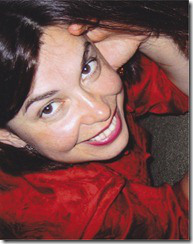 Born in Russia, Lada Ray is a writer, internationally certified feng shui master practitioner, world traveler, linguist, investor, nature/animal lover and spirituality and metaphysics researcher.
Born in Russia, Lada Ray is a writer, internationally certified feng shui master practitioner, world traveler, linguist, investor, nature/animal lover and spirituality and metaphysics researcher.
She is the author of the Jade Snow International Adventure Series, including Gold Train, a mystery thriller, set in Russia and based on true historic events; Stepford USA, a psychological mystery thriller; Green Desert, a Jade Snow novella. The upcoming books include Dragon Gate, the next Jade Snow adventure, set in Asia, and The Earth Shifter, exciting YA fantasy thriller.
Visit Lada’s website: http://www.LadaRay.com
Blog: http://LadaRay.wordpress.com
Bookstore: http://www.ladaray.com/book-store.html








April 30, 2012
The Routes of Kilimanjaro
The various trekking routes on Mount Kilimanjaro are featured in my book Kilimanjaro: One Man’s Quest to Go Over the Hill, which chronicles my attempt to summit Africa’s highest mountain. The book is on sale now as an e-book for $3.99 and in paperback for $9.99 at Amazon and other booksellers. Kilimanjaro is featured this month as a new release by the World Literary Café.
The routes on Mount Kilimanjaro are as varied as its terrain and vegetation. All ways to the top are difficult, but none are alike. None guarantee you will reach the summit and make it back safely. Some routes, such as the Marangu and Rongai, are considered “easier” than the others because they offer a better chance of success to most climbers. The slopes they ascend are more gradual and longer, and hence give climbers more time to adjust to the high altitude. Steeper climbs, such as those on the Machame and Umbwe routes, are often preferred by more seasoned trekkers. For those seeking a more roundabout way to the summit with great views or a wide range of biodiversity, the Shira Plateau-Lemosho and the Northern Circuit routes could be options. The route you choose depends on you.
Map from “Kilimanjaro – A Trekking Guide to Africa’s Highest Mountain” by Henry Stedman. Trailblazer Publications; 3rd edition. Courtesy of Henry Stedman.
The following are general descriptions of the major routes on Mount Kilimanjaro.
Lemosho Route: A longer, lesser-used route that passes through the Shira Plateau, it merges with the Machame Route. Climbers usually reach the summit either via the Western Breach or Machame Route. Lemosho is a walking safari with possible animal sightings, and guides carry firearms in the event that climbers stumble upon predators.
Marangu Route: Also known as the “Coca-Cola” Route, this is the most popular way to the summit and typically takes six days. Its camps have better facilities than those on other routes. The trail starts at the Marangu Gate and passes through Kibo Huts to the summit. Some claim that it is the easiest route and has a higher success rate because it allows climbers more time to acclimatize and a more gradual ascent.
Machame Route: Also known as the “Whiskey” Route, the Machame is the shortest and steepest route to the summit. It begins on the south side of Kilimanjaro and reaches the summit by scrambling from Barafu Huts up the slope of Kibo Peak. The hard and fast ascent generally decreases climbers’ odds of reaching the summit, although it may be suitable for experienced climbers who adjust quicker to higher altitudes.
Mweka Route: A short, steep route used only for descent. Climbers on the Machame Route often use it to descend the mountain. The trail begins at Barafu Huts and heads south.
Northern Circuit: A lesser-used route that circles the north side of Kibo Peak. Climbers using this route must use another one to reach the summit. The trail follows the alpine desert band around the peak and offers amazing views of the lowlands below.
Rongai Route: Also called the Nalemuru, Nalemoru, Loitokitok, or Simba Route, this is a moderately steep route starting on the north side of Kilimanjaro close to the Kenyan border. I dubbed the Rongai the “Kilimanjaro Beer” Route because it lies somewhere between a Coca-Cola and a whiskey shot in terms of potency. It usually takes six days and merges with the Marangu Route at Kibo Huts. Some claim that it is the easiest way and has a higher success rate because it allows more time to acclimatize. It is relatively sheltered from the elements on the drier side of the mountain, less crowded, and scenic with its alpine vistas. The original trail began further away in the village of Rongai, but it was closed several years ago, and the Nalemuru was unofficially renamed the Rongai.
Shira Plateau Route: A long, lesser-used route on the Shira Plateau that merges with the Lemosho Route at Shira Caves Camp. Trekkers who use this route generally follow the Lemosho or Machame routes to the summit.
Umbwe Route: Also known as the “Vodka” Route, it is one of the most difficult routes on Kilimanjaro. Climbers ascend via the Western Breach or the Machame Route. Considered one of the most spectacular ways to reach the summit, it follows a ridge and then passes below the Southern Icefield to merge with the Machame Route at Barafu Huts.
Western Breach/Arrow Glacier Route: Also considered part of the Lemosho Route, this is the most difficult route to the summit. Climbers depart Arrow Glacier Huts, a camp destroyed by rockslides, and summit by scrambling up the Western Breach or climbing the Breach Wall, a 100-meter-high ascent up an icy rock wall. This requires some technical skill, a high level of endurance, and an increased tolerance for high altitudes than the Machame or Marangu routes. It is prone to rockslides and sometimes icy, requiring climbers to cut ice steps or wear crampons. It was closed in 2006 when a rockslide killed several climbers but reopened in December 2007.
More About Mount Kilimanjaro:
Click here to learn more about the book Kilimanjaro: One Man’s Quest to Go Over the Hill about the author’s attempt to summit Mount Kilimanjaro, Africa’s highest mountain.
Click here for photos and descriptions of the full majesty of Mount Kilimanjaro.
Click here to read about the flora and fauna on Mount Kilimanjaro.
Click here to read about the dedicated guides, porters, and cooks who work on Mount Kilimanjaro.
Click here to read the story of the iconic wooden sign on Kilimanjaro’s summit and the metal one that replaced it in January 2012.
Click here to read about the vanishing glaciers on Mount Kilimanjaro.
Click here to read about The Snows of Kilimanjaro, the 1936 semi-autobiographical short story by Ernest Hemingway, the 1952 film, and the main character, Harry Street.
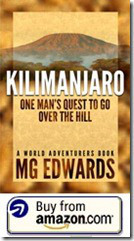 M.G. Edwards
is a writer of books and stories in the mystery, thriller and science fiction-fantasy genres. He also writes travel adventures. He is author of Kilimanjaro: One Man’s Quest to Go Over the Hill, a non-fiction account of his attempt to summit Mount Kilimanjaro, Africa’s highest mountain. His collection of short stories called
Real Dreams: Thirty Years of Short Stories
available as an e-book and in print on
Amazon.com
. He lives in Bangkok, Thailand with his wife Jing and son Alex.
M.G. Edwards
is a writer of books and stories in the mystery, thriller and science fiction-fantasy genres. He also writes travel adventures. He is author of Kilimanjaro: One Man’s Quest to Go Over the Hill, a non-fiction account of his attempt to summit Mount Kilimanjaro, Africa’s highest mountain. His collection of short stories called
Real Dreams: Thirty Years of Short Stories
available as an e-book and in print on
Amazon.com
. He lives in Bangkok, Thailand with his wife Jing and son Alex.
For more books or stories by M.G. Edwards, visit his web site at www.mgedwards.com or his blog, World Adventurers . Contact him at me@mgedwards.com , on Facebook , on Google+, or @m_g_edwards on Twitter.
© 2012 Brilliance Press. All rights reserved. No part of this work may be reproduced or transmitted without the written consent of the author.








April 25, 2012
Financial Indie: Financing Your Writing Career
Note: “Financial Indie” is a series of articles designed to help writers finance their careers. If you have an investment question, please post it, and I’ll try to incorporate it into a future article.
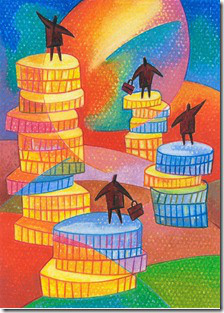 I cheered when I saw my Apple (AAPL) stock jump nine percent on April 25 after another great quarter, earning, perhaps, a better return in one night than I will from a year’s worth of effort to sell books. It made me wonder why so many writers chase book sales to earn a living when so few are successful, as the Wall Street Journal pointed out in an article about the self-publishing industry. While writing is an admirable calling, the economics of the publishing industry suggest that most writers need alternate sources of income to support themselves financially, at least at the outset of their careers.
I cheered when I saw my Apple (AAPL) stock jump nine percent on April 25 after another great quarter, earning, perhaps, a better return in one night than I will from a year’s worth of effort to sell books. It made me wonder why so many writers chase book sales to earn a living when so few are successful, as the Wall Street Journal pointed out in an article about the self-publishing industry. While writing is an admirable calling, the economics of the publishing industry suggest that most writers need alternate sources of income to support themselves financially, at least at the outset of their careers.
After I started writing full time, I found no lack of information on how to write and publish books but few resources on how writers, particularly those with limited budgets, could finance their projects and supplement their income. Most articles I’ve read dealing with the financial aspect of writing focused on how to save money or publish on a tight budget. A few suggested doing freelancing and editing jobs. Those are viable ways for would-be authors to make money, but they can also be time consuming. Every minute a writer spends working for someone else is one less minute spent on their own writing projects. There are other ways to earn extra income that take less time and offer a higher rate of return. Investing is one.
Self-publishing a book is not cheap. A writer may pay more than U.S.$1,000 to write, edit, and publish a book (excluding marketing expenses). It costs hundreds of dollars, if not more, to hire a professional editor to polish a manuscript and a designer to create a book cover. An e-book cover can cost as much as U.S.$100; a print version more than $200. The writer will need to purchase an ISBN from W.W. Bowker for each book medium and copyright it. Although Kindle Digital Publishing, Barnes & Noble, and Smashwords publish and distribute e-books for free, publishers usually charge for premium services such as expanded distribution and print-on-demand. Marketing expenses vary. If a writer is good at using social media, they may pay nothing to advertise. Some pay thousands of dollars to hire professional marketers. Those looking to hire an agent and publish through a traditional publishing house should expect to spend money to pitch their book.
What this means is that writing costs money in the short term, and until you earn a respectable income from book sales, you’ll need a way to finance your efforts. For most, it means working full time and writing when you can, but it doesn’t have to be that way. By planning ahead and investing wisely, you can build a stable income that will support your writing and help you move away from depending on a paycheck toward becoming a financially-independent writer.
I’ve been investing for a long time. It took me years to build an investment portfolio that gave me the opportunity to leave my day job. It wasn’t an easy option waiting to launch my writing career, but my patience was rewarded last year when I took the plunge and left my job to write full time. It gives me piece of mind knowing that investments such as Apple will support me until I establish myself as an indie author.
If you don’t have an investment portfolio, you should. How do you get started? Should you buy shares of Apple at more than U.S.$600 a share and hope they reach U.S.$800? No. Chasing returns is a fool’s game. I don’t recommend chasing “hot” stocks, even one as mighty as Apple. You can purchase Apple by owning shares of mutual funds and exchange-traded funds (ETF) that limit your exposure to price swings.
Start by writing a personal investment plan. Determine your financial goals and set a timeline. How much do you want to earn, and how long will it take to achieve it? Look at your budget to see how much you can set aside to build your financial portfolio. Just as you would outline a novel before you write it, you need a plan before you invest.
Figure out how much you can save each month and write it down. Setting aside a small amount in the near term can go a long way to supplementing your income in the long run. Look at your cash flows and decide what discretionary spending you can eliminate – including from your writing budget — and how much you can save. If you stop buying what you don’t need, how much money will you have to grow?
See if you can set aside about U.S.$100 per month. In future articles, we’ll use this as a base to help you build your portfolio.
 M.G. Edwards is a writer of books and stories in the mystery, thriller and science fiction-fantasy genres. He also writes travel adventures. He is founder of Brilliance Equity LLC, an investment firm.
M.G. Edwards is a writer of books and stories in the mystery, thriller and science fiction-fantasy genres. He also writes travel adventures. He is founder of Brilliance Equity LLC, an investment firm.
Edwards is author of Kilimanjaro: One Man’s Quest to Go Over the Hill, a non-fiction account of his attempt to summit Mount Kilimanjaro, Africa’s highest mountain. His collection of short stories called Real Dreams: Thirty Years of Short Stories available as an e-book and in print on Amazon.com . He lives in Bangkok, Thailand with his wife Jing and son Alex.
For more books or stories by M.G. Edwards, visit his web site at www.mgedwards.com or his blog, World Adventurers . Contact him at me@mgedwards.com , on Facebook , on Google+, or @m_g_edwards on Twitter.
© 2012 Brilliance Press. All rights reserved. No part of this work may be reproduced or transmitted without the written consent of the author.








April 18, 2012
Return to Ko Kret, Thailand
In September 2011, my family and I visited Ko Kret (Koh Kred) Island in the Chao Phraya River north of Bangkok, Thailand. Our outing then was cut short when we were stopped by the rising floodwaters that inundated the river. You can read about that adventure here.
Six months later after a long dry spell, we decided to try visiting again, this time on bicycle. A two meter decrease in the water level since late last year made the island much more accessible. Here are some photos showing the flooding six months ago and after the waters receded:
My wife, son and I hauled our bicycles to the ferry dock at Wat Sanamnau Buddhist temple across from the island and carried them over. Along the way, we ran into places we had seen six months earlier that had been flooded during that visit. This time, they were dry.
The ferry ride on the rickety wooden boat overloaded with passengers was an adventure in and of itself, especially with bicycles in tow. The passengers rushed on and off the ferry and fought for space, making it a logistical challenge to negotiate passage.
We made it across the river safely and stopped for lunch at a roadside food stand that offered Thai cuisine. I ate Pad Thai, the national dish of Thailand — always a “safe” dish to order if you don’t recognize any other dishes on dingy laminated menus with faded photos and Thai descriptions. My son ate crab fried rice, and my wife a seafood soup that looked a bit iffy to me but that she claimed tasted good.
We left the market located next to the ferry dock and set off on a five-kilometer (2.5 mile) bicycle ride around the island. We first headed toward the “Koh Kred Pottery Village.” What we thought was another pottery market was in fact a functioning township home to pottery makers and several large brick kilns where local artisans baked ceramic pottery.
We rode past some Buddhist landmarks, including Wat Chimphi temple, where I spotted one of the few golden phoenix statues I’d seen in Thailand, as well as shrines dedicated to the elephant god Ganesha and other Buddhist deities.
Small canals and homes elevated on stilts added to the flavor of the island.
We turned inland and rode on raised concrete thoroughfares that passed above canals and swamps dotting the island. Although the passageways were generally flat, we ran into a number of dips, speed bumps and dogs that could have sent us tumbling into the murky water and marshes on either side. In spite of the risk, the scenery made for some beautiful photo opportunities.
My wife, son and I rode through countryside filled with homes on stilts, soggy fields growing whatever the locals could cultivate, Buddhist temples, and the occasional store lining the road. The buildings were in varying stages of decay or disrepair. The hot, wet weather and repeated flooding took a heavier toll on structures here than it would have in other climes.
Turning once more, we rode back to the central market on Ko Kret. We stopped for coconut ice cream moments before a rainstorm passed over and dumped buckets of precipitation, a common but unpredictable occurrence during the rainy season. The coconut ice cream — a local concoction topped with fruit jelly, condensed milk, and sticky rice — was a real treat. Vendors who waited beside us for the rain to stop shared laughs with us without exchanging a word. We couldn’t speak Thai, and they couldn’t speak English, but the auspiciousness of eating dessert while waiting out a rainstorm transcended our language barrier.
After the storm, the vendors swept away the water with brooms, and we inched our way through the narrow, crowded alleyway with our bicycles. I joked to my wife that we got wet every time we visited Ko Kret. Getting doused by rain was a sight better than succumbing to a flood.
The rain started again as we left Ko Kret Island, and we darted back to our car with bicycles in tow. Although we ended up soaking wet, we enjoyed a great day riding on an island that’s not far from Bangkok — but a world away.
To read about our previous visit to Ko Kret during the Bangkok flood, click here for part one and here for part two.
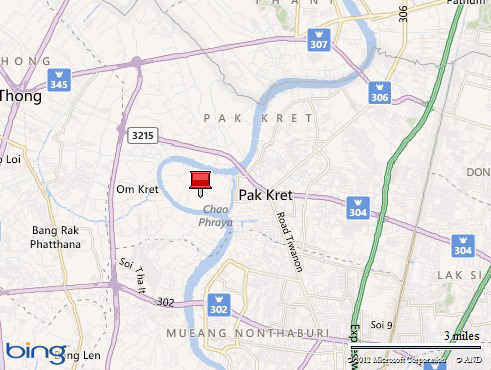
![buythumb[3]](https://i.gr-assets.com/images/S/compressed.photo.goodreads.com/hostedimages/1383603498i/6608353.jpg) M.G. Edwards is a writer of books and stories in the mystery, thriller and science fiction-fantasy genres. He also writes travel adventures. He is author of Kilimanjaro: One Man’s Quest to Go Over the Hill, a non-fiction account of his attempt to summit Mount Kilimanjaro, Africa’s highest mountain. His collection of short stories called Real Dreams: Thirty Years of Short Stories available as an e-book and in print on Amazon.com. He lives in Bangkok, Thailand with his wife Jing and son Alex.
M.G. Edwards is a writer of books and stories in the mystery, thriller and science fiction-fantasy genres. He also writes travel adventures. He is author of Kilimanjaro: One Man’s Quest to Go Over the Hill, a non-fiction account of his attempt to summit Mount Kilimanjaro, Africa’s highest mountain. His collection of short stories called Real Dreams: Thirty Years of Short Stories available as an e-book and in print on Amazon.com. He lives in Bangkok, Thailand with his wife Jing and son Alex.
For more books or stories by M.G. Edwards, visit his web site at www.mgedwards.com or his blog, World Adventurers. Contact him at me@mgedwards.com, on Facebook, on Google+, or @m_g_edwards on Twitter.
© 2012 Brilliance Press. All rights reserved. No part of this work may be reproduced or transmitted without the written consent of the author.








April 14, 2012
The Majesty of Kilimanjaro
![buythumb[3]](https://i.gr-assets.com/images/S/compressed.photo.goodreads.com/hostedimages/1385435238i/7148241.jpg) Mount Kilimanjaro looms large in my book, Kilimanjaro: One Man’s Quest to Go Over the Hill, a chronicle of my attempt to summit the highest mountain in Africa.
Mount Kilimanjaro looms large in my book, Kilimanjaro: One Man’s Quest to Go Over the Hill, a chronicle of my attempt to summit the highest mountain in Africa.
The iconic mountain is a sight to behold. I can think of nothing better to capture the feeling of what it’s like to behold this magnificent peak than to share with you some photos of the mountain and short excerpts from the book. I hope that they will give you a glimpse of the majesty that radiates from Mount Kilimanjaro and put you on the mountain.
“I slithered out of my tent and stumbled into an incredibly majestic view of the Kilimanjaro summit. The clouds parted and the sun appeared, brightening the landscape and warming the air. Kibo Peak rose high in all its glory, as if to say that only those who were worthy could behold her full beauty. Lacey folds of snow lay gently in crevasses made by long-vanished glaciers that raked the mountainside. I was mesmerized by the amazing view and gazed at it for what seemed like an eternity. At that moment, there was nowhere else on Earth I wanted to be.”
“Kibo Peak reached for the sky yet looked close to the touch, and it beckoned me to head for the summit, a temptation that flattered me with a false confidence. I could not have chosen a better relief for my morning stretch. I faced the mountain and stretched in ways that made me look as if I were performing a sacred rite. I bowed and prostrated my body like a supplicant in a traditional ceremony, casting my arms and legs about in an elaborate ritual. The sunlight painted the landscape in surreal colors. The rock was more brilliant and the shadows deeper and more pronounced in the sunlight. I turned around in mid-exercise and beheld the Serengeti unfurling for miles across the plains into Kenya. Some claimed that Mount Kilimanjaro offered the best views in the world. Looking down on the world below, I had to agree.”
More A bout Mount Kilimanjaro:
Click here to learn more about the book Kilimanjaro: One Man’s Quest to Go Over the Hill about the author’s attempt to summit Mount Kilimanjaro, Africa’s highest mountain.
Click here to read about the flora and fauna on Mount Kilimanjaro.
Click here to read about the dedicated guides, porters, and cooks who work on Mount Kilimanjaro.
Click here to read the story of the iconic wooden sign on Kilimanjaro’s summit and the metal one that replaced it in January 2012.
Click here to read about the vanishing glaciers on Mount Kilimanjaro.
Click here to read about The Snows of Kilimanjaro, the 1936 semi-autobiographical short story by Ernest Hemingway, the 1952 film, and the main character, Harry Street.
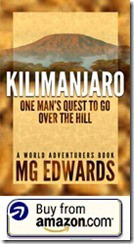 M.G. Edwards
is a writer of books and stories in the mystery, thriller and science fiction-fantasy genres. He also writes travel adventures. He is author of Kilimanjaro: One Man’s Quest to Go Over the Hill, a non-fiction account of his attempt to summit Mount Kilimanjaro, Africa’s highest mountain. His collection of short stories called
Real Dreams: Thirty Years of Short Stories
available as an e-book and in print on
Amazon.com
. He lives in Bangkok, Thailand with his wife Jing and son Alex.
M.G. Edwards
is a writer of books and stories in the mystery, thriller and science fiction-fantasy genres. He also writes travel adventures. He is author of Kilimanjaro: One Man’s Quest to Go Over the Hill, a non-fiction account of his attempt to summit Mount Kilimanjaro, Africa’s highest mountain. His collection of short stories called
Real Dreams: Thirty Years of Short Stories
available as an e-book and in print on
Amazon.com
. He lives in Bangkok, Thailand with his wife Jing and son Alex.
For more books or stories by M.G. Edwards, visit his web site at www.mgedwards.com or his blog, World Adventurers . Contact him at me@mgedwards.com , on Facebook , on Google+, or @m_g_edwards on Twitter.
© 2012 Brilliance Press. All rights reserved. No part of this work may be reproduced or transmitted without the written consent of the author.








April 10, 2012
The Plant Life of Kilimanjaro
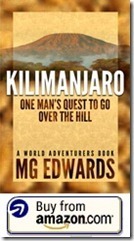 Plant life is featured in my book Kilimanjaro: One Man's Quest to Go Over the Hill, which chronicles my attempt to summit Mount Kilimanjaro, the highest mountain in Africa. The book is on sale now as an e-book for $3.99 and in paperback for $9.99 from Amazon and other booksellers.
Plant life is featured in my book Kilimanjaro: One Man's Quest to Go Over the Hill, which chronicles my attempt to summit Mount Kilimanjaro, the highest mountain in Africa. The book is on sale now as an e-book for $3.99 and in paperback for $9.99 from Amazon and other booksellers.
Diverse vegetation from different climate zones graces the slopes of Kilimanjaro. One of the more unique places on Earth, the mountain lies in Africa's Afromontane region that straddles the Equator with clusters of freestanding mountains and plateaus surrounded by lowlands. A sky island more at home in the far reaches of the northern and southern hemispheres than the equatorial tropics, Kilimanjaro has amazing biodiversity.
Within days, mountaineers can hike through five different climate zones. These are:
Lowlands: Between 2,600 and 5,900 feet (790-1,800 meters), this is the subtropical area located just above the Serengeti plains. An area with heavier rainfall, its vegetation is dominated by banana, coffee, and other plants grown as crops.
Rainforest: Between 5,900 and 9,200 feet (1,800-2,800 meters), this is a subtropical rainforest rich with plant and animal life. The widest variety of flowering plants range in this zone.
Moorland and heather: Between 9,200 feet and 13,100 feet (2,800-4,000 meters), this area has less vegetation and is dominated by a few plant and animal species, including groundsels, lobelias, heather, and tree moss. Trees disappear above 13,000 feet.
Alpine or high desert: Between 13,100 and 16,400 feet (4,000-5,000 meters), this arid, semi-desert zone has no trees and few plants. Sage grass, hearty helichrysum flowers, moss, and thistles are common there.
Arctic or summit: Above 16,400 feet (5,000 meters), this is an arid zone with intense sunlight, thin air, and heavy snow and ice. Few to no plants grow there.
The southern and western slopes of Mount Kilimanjaro are wetter than its northern and eastern sides. The city of Arusha to the west of Kilimanjaro sits in a tropical bowl, while the Serengeti Plains to the northeast are dry.
Here are some of the species of plant I encountered during my climb.
Mackinder's Gladiolus (gladiolus watsonioides)
African blood or fireball lily (scadoxus multiflorus)
Hibiscus rosa-sinensis
Protea kilimandscharica
Kniphofia thomsonii
Giant fern
Stoebe kilimandscharica
Helichrysum meyeri johannis
The south side of Kilimanjaro is a fertile landscape filled with windswept views of stunted forests and swaths of vegetation. In the subtropical lowlands, wispy bunches of tree moss hang from the trees like tattered voiles ready to spring back to life when the rains return, transforming the forest into a fantasy land.
Tree moss, also known as old man's beard or Spanish beard (usnea lichen)
Tree moss
Tree moss
Tree moss
Kilimanjaro impatiens (impatiens kilimanjari)
Kilimanjaro impatiens (impatiens kilimanjari)
Hebenstretia (the white flowering plant)
Hebenstretia
Daisy bush (euryops)
Dead daisy bush (euryops)
Golden daisy bush (euryops brownei)
The north side of Kilimanjaro offers a more Alpine landscape with heather and moorlands dominated by tussock or bunch grass. The view there is more desolate and, in some ways, more intriguing as the vegetation quickly gives way to the exposed mountain. Mountaineers who climb fields of rust-tinged rocks are often left with the impression that they are on the surface of Mars.
Tussock or bunch grass
Hypericum revolutum
Dead helichrysum newii
Helichrysum newii
Stoebe kilimandscharica with bird
Dead philippia excelsa with bird
In the highlands, the view is dominated by groundsel trees, or dendrosenecios, with trunks like palms and topped with spiky leaf rosettes, as well a cactus-like flowering plant known as the lobelia deckenii.
Giant groundsel (senecio kilimanjari)
Giant groundsel (senecio kilimanjari)
Giant groundsel (senecio kilimanjari)
Giant groundsel (senecio kilimanjari)
Giant groundsel (senecio kilimanjari)
Giant groundsel (senecio kilimanjari)
Giant lobelia deckenii with bird
Giant lobelia deckenii
Giant lobelia deckenii
Because few plants grow in the high desert, those that do such as sage grass and lobelia deckenii are photo ready. Unlike humans, the vegetation is hearty enough to survive the harsh climate on Kilimanjaro. Still, the mountain has a way of twisting everything at this altitude into bizarre and fascinating shapes.
Helichrysum meyeri johannis and lobelia deckenii
Helichrysum cymosum
Helichrysum cymosum
Sage grass
Dead thistle (carduus keniensis)
If you're thinking about climbing Mount Kilimanjaro, imagine yourself hiking through these places over a few days. If you've already been there, I hope that these photos will bring back memories and help you put names to some of the beautiful foliage you saw on your way to and from the summit.
More A bout Mount Kilimanjaro:
Click here to learn more about the book Kilimanjaro: One Man's Quest to Go Over the Hill about the author's attempt to summit Mount Kilimanjaro, Africa's highest mountain.
Click here to read about the dedicated guides, porters, and cooks who work on Mount Kilimanjaro.
Click here to read the story of the iconic wooden sign on Kilimanjaro's summit and the metal one that replaced it in January 2012.
Click here to read about the vanishing glaciers on Mount Kilimanjaro.
Click here to read about The Snows of Kilimanjaro, the 1936 semi-autobiographical short story by Ernest Hemingway, the 1952 film, and the main character, Harry Street.
To learn more about the fauna and flora of Kilimanjaro, visit:
Bill and Cori's Excellent Adventures
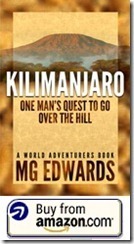 M.G. Edwards
is a writer of books and stories in the mystery, thriller and science fiction-fantasy genres. He also writes travel adventures. He is author of Kilimanjaro: One Man's Quest to Go Over the Hill, a non-fiction account of his attempt to summit Mount Kilimanjaro, Africa's highest mountain. His collection of short stories called
Real Dreams: Thirty Years of Short Stories
available as an e-book and in print on
Amazon.com
. He lives in Bangkok, Thailand with his wife Jing and son Alex.
M.G. Edwards
is a writer of books and stories in the mystery, thriller and science fiction-fantasy genres. He also writes travel adventures. He is author of Kilimanjaro: One Man's Quest to Go Over the Hill, a non-fiction account of his attempt to summit Mount Kilimanjaro, Africa's highest mountain. His collection of short stories called
Real Dreams: Thirty Years of Short Stories
available as an e-book and in print on
Amazon.com
. He lives in Bangkok, Thailand with his wife Jing and son Alex.
For more books or stories by M.G. Edwards, visit his web site at www.mgedwards.com or his blog, World Adventurers . Contact him at me@mgedwards.com , on Facebook , on Google+, or @m_g_edwards on Twitter.
© 2012 Brilliance Press. All rights reserved. No part of this work may be reproduced or transmitted without the written consent of the author.









